Happy 2025! We kick off the year by spotlighting five artists to watch and follow in the months ahead. This year’s selection highlights a diverse group of talents who have made a strong impression over the past year and whom I am excited to follow in 2025. From promising emerging talents to mid-career artists poised to become firmly established in the art world.
Some selected artists have already enjoyed breakout moments or significant market success in 2024, while others are on the cusp of breakthroughs this year. Please note the list is not a ranking—artists are presented alphabetically. In addition to my personal observations of the past year, the selection is substantiated by further research, including insights from the Artfacts analytical tool and the Artsy art market recap of 2024. These resources help identify artists with upward momentum and exciting potential for the new year.
1. Dabin Ahn
We open the debates with Dabin Ahn. Born in 1988 in Seoul, Korea, residing and working in Chicago, Ahn is a contemporary painter and sculptor best known for his figurative, minimal, and quiet paintings featuring candles, porcelain, fireflies, butterflies, and flora. Soft gradients, absent brushwork, and meticulously rendered visual language create a calmness, drawing you into the picture. When we see Ahn’s works, time seems to stop as we look at the flames and the fleeting but warm light emanating onto the objects in the picture plane, frozen in time. Dabin Ahn renders traditional Korean vessels to conjure liminal space. The precision and degree of finishing close in on perfection, illustrating the artist’s patience and care when crafting these small, subtle objects with almost hypnotizing appeal. Poetic, meditative, melancholic, and elusive.
In the recent past, the artist also worked in sculpture but has been focusing more on his painterly practice in the past two to three years. However, the dialogue between painting and sculpture continues, as Ahn has found a new synthesis and symbiosis in his recent works. His latest paintings are not merely about a two-dimensional image. Even though the painterly surface is as smooth as it gets, the sides of the canvas are an integral part of the artwork, painting, for instance, candles on the edges that emanate light into the picture plane. Or what about his walnut artist frames, cast resin, and painted terracotta fragments mounted in an opened canvas or resting on top? The painting-sculpture dialogue also manifests itself in the art historical tradition of the Paragone debate and the almost competitive comparison of both media. For instance, painting emulates the sculptural through the illusion of a third dimension or replicating the aesthetic attributes of physical surfaces such as porcelain.
The depth and refined nature of his objects are described accurately by the artist’s solo exhibition title at Harper’s Chelsea in New York: Good Things Take Time. His subjects’ fleeting and mystical nature and the almost meditative care for the physical object—as if a relic—make the works exude quality. Quality that has not gone unnoticed. The interest in Dabin Ahn has increased exponentially with solo and group shows in New York and LA. As a result, it seems like it is only a matter of time before Dabin Ahn’s work is exhibited in the top tiers of the art world. And to conclude with the words of the artist once more, good things take time.1
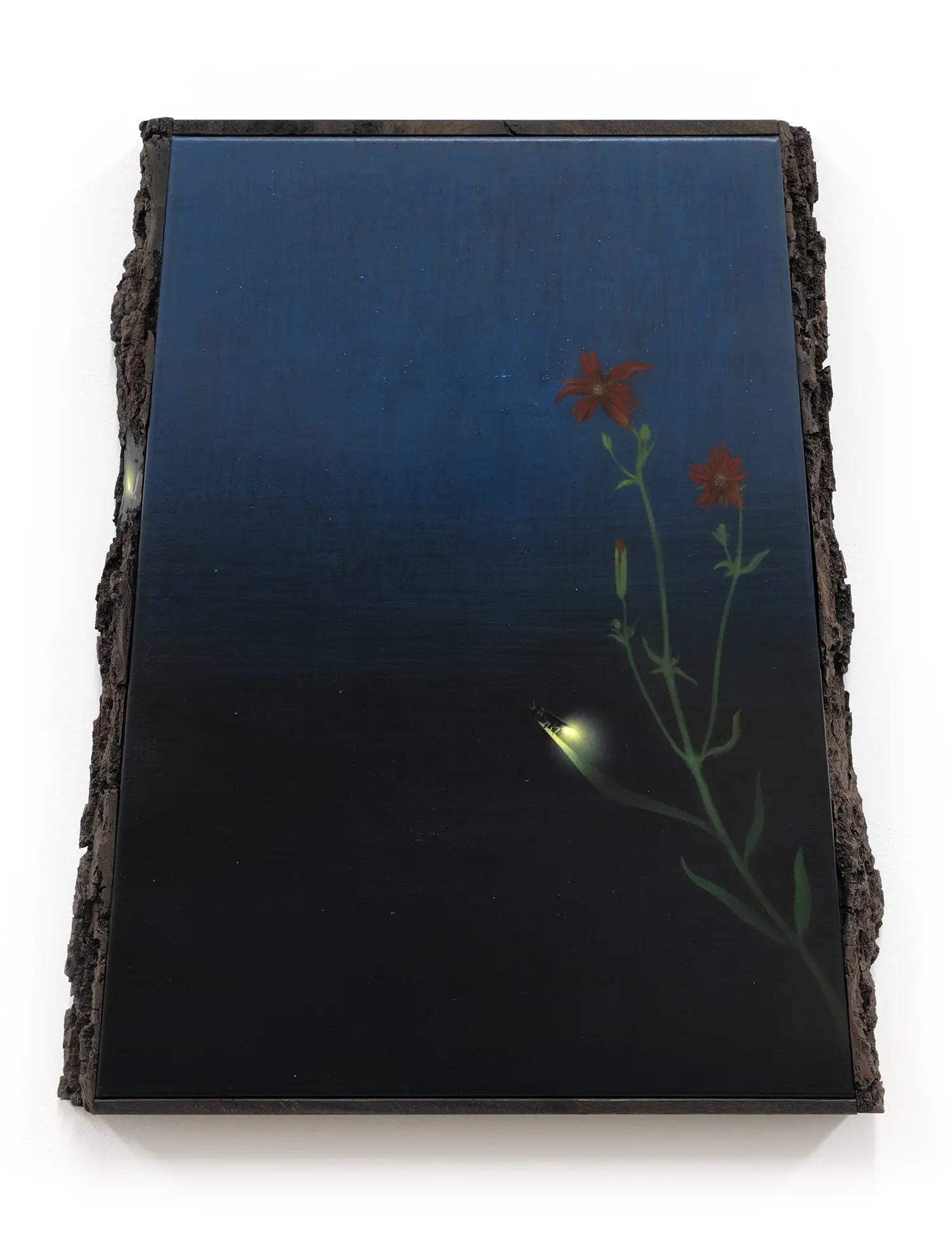
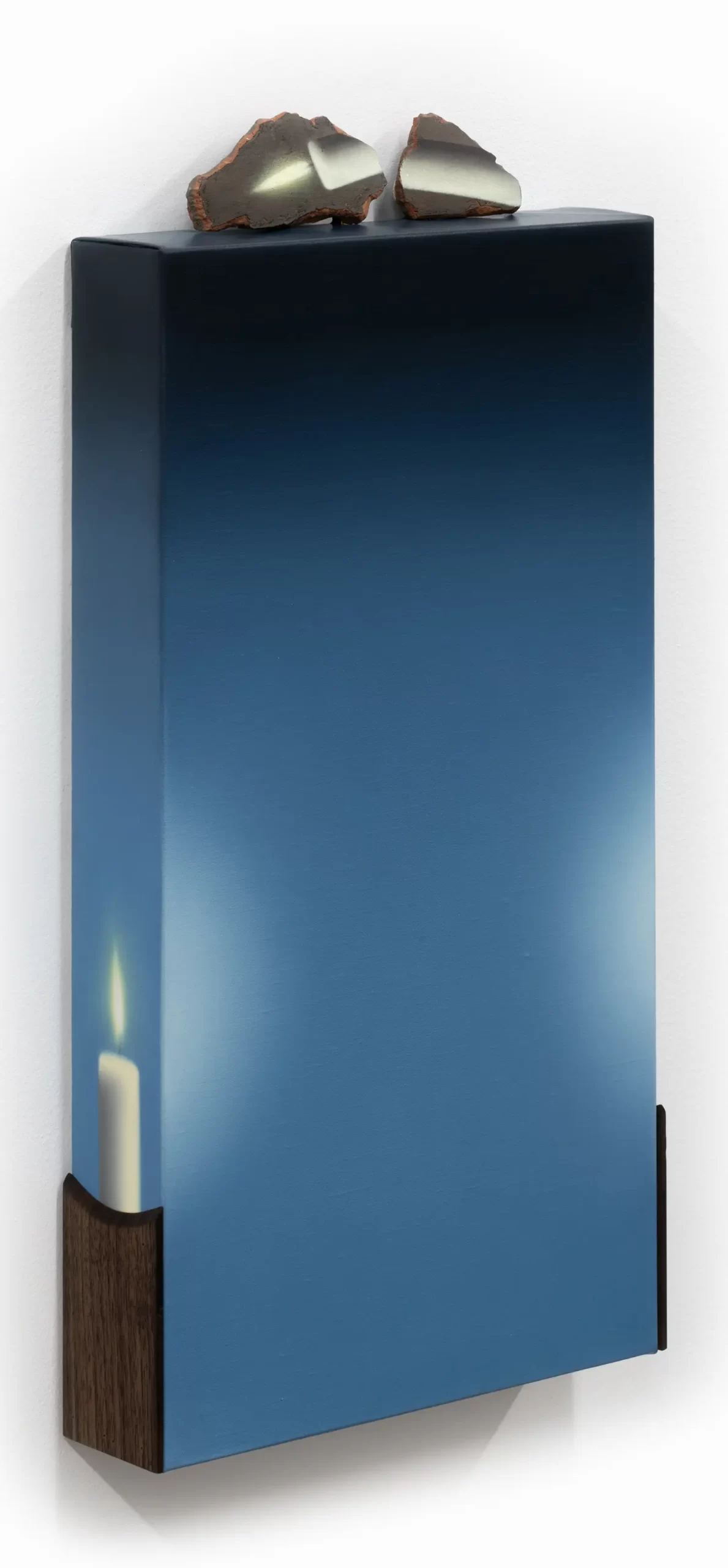
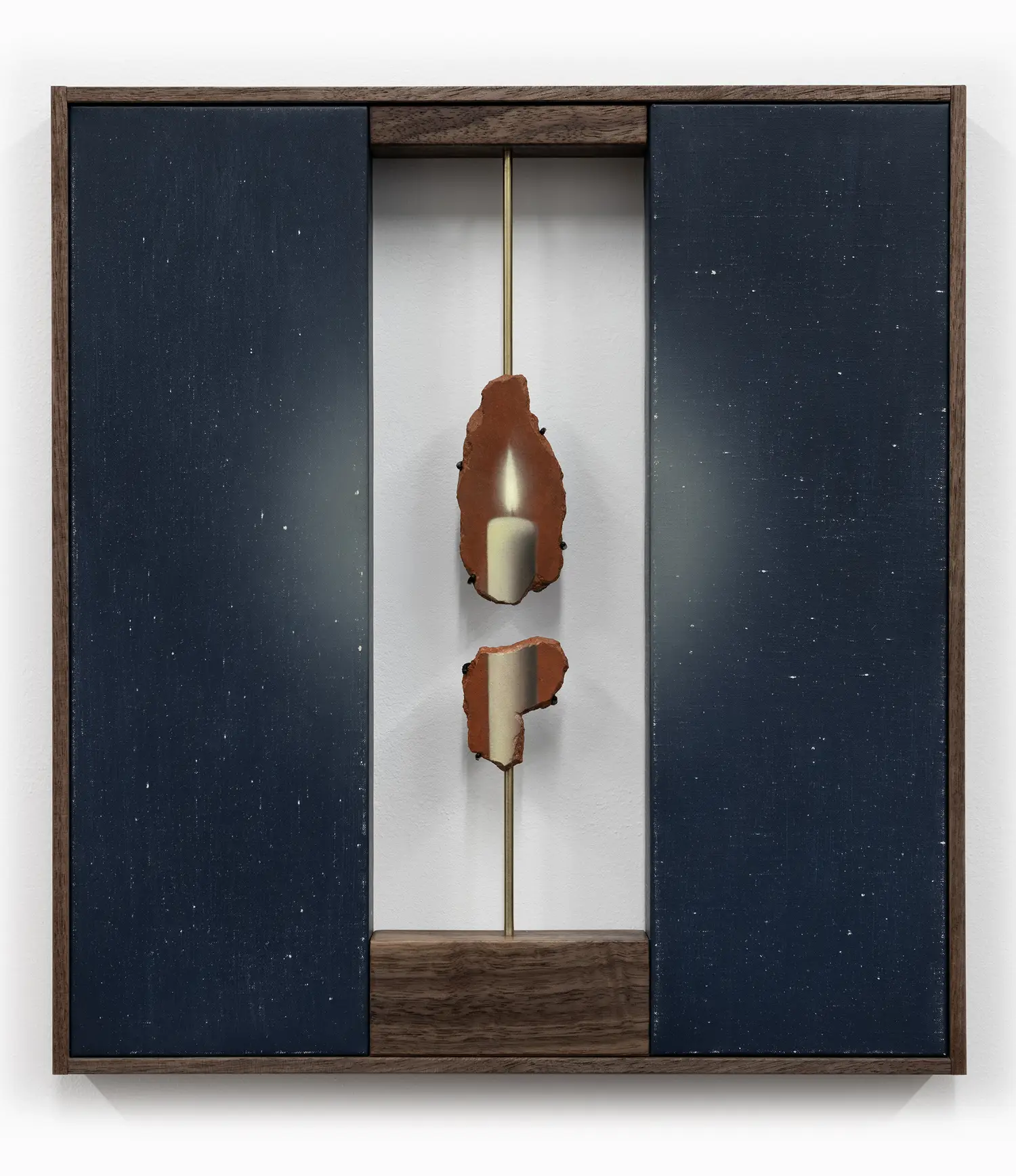
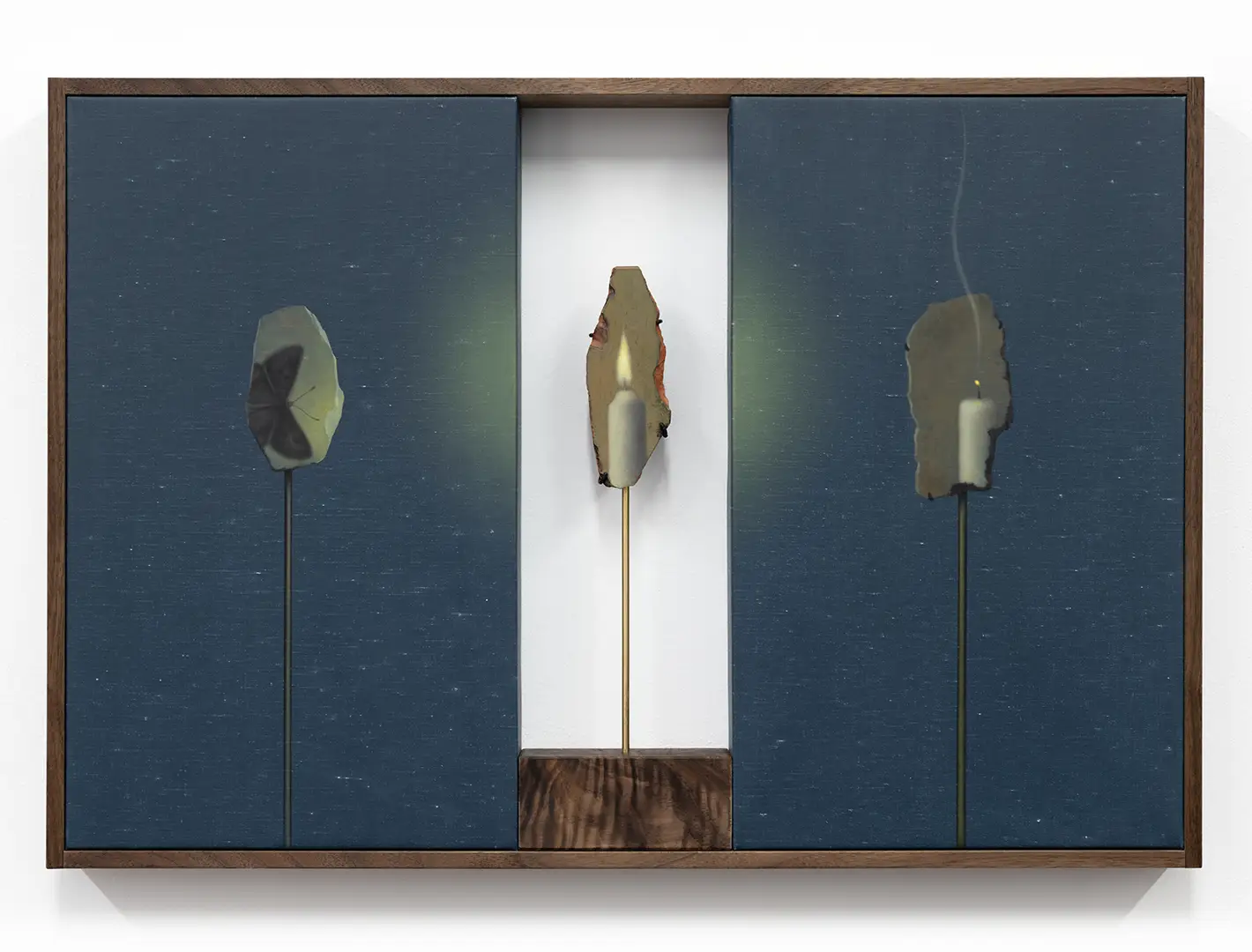
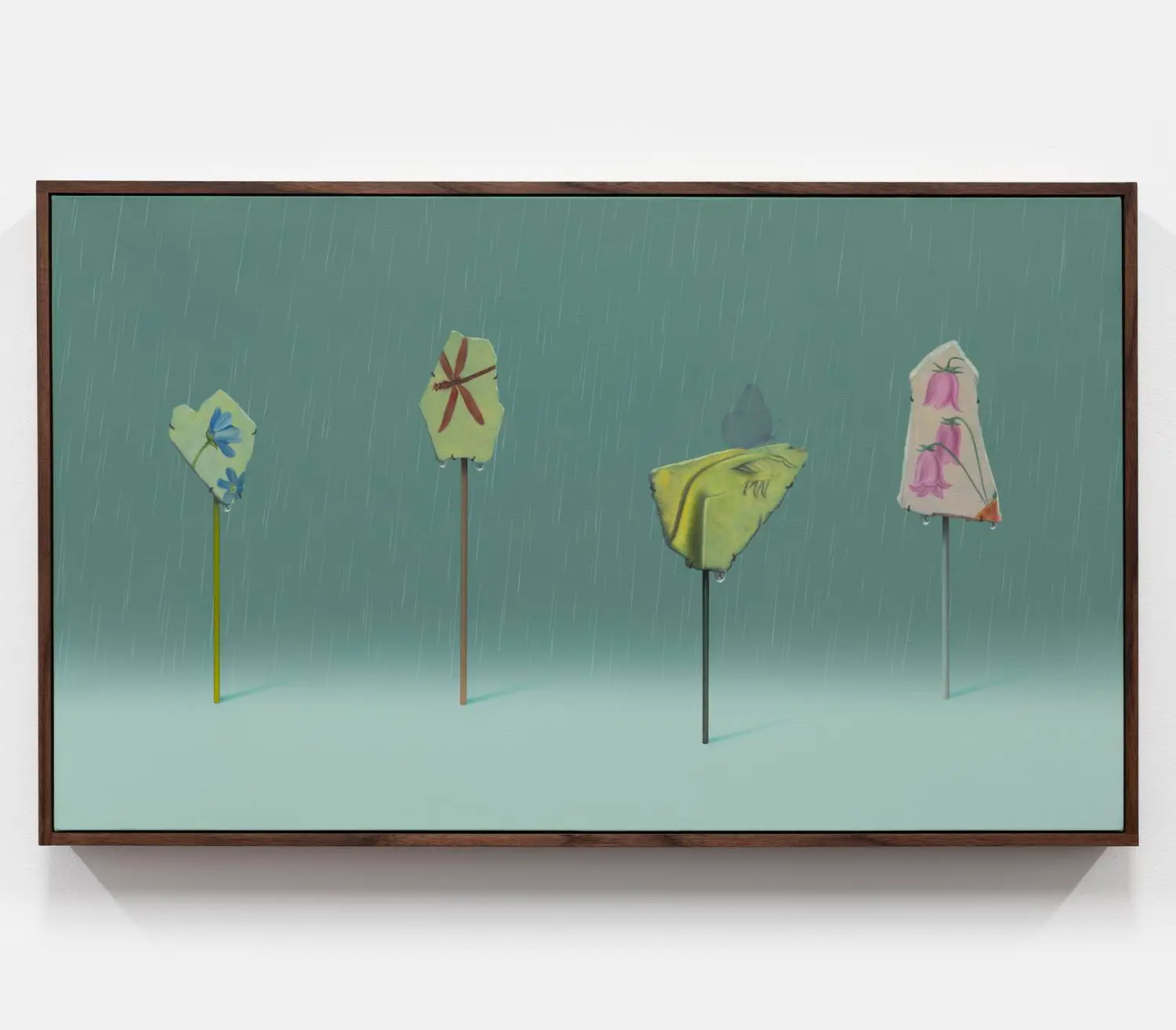
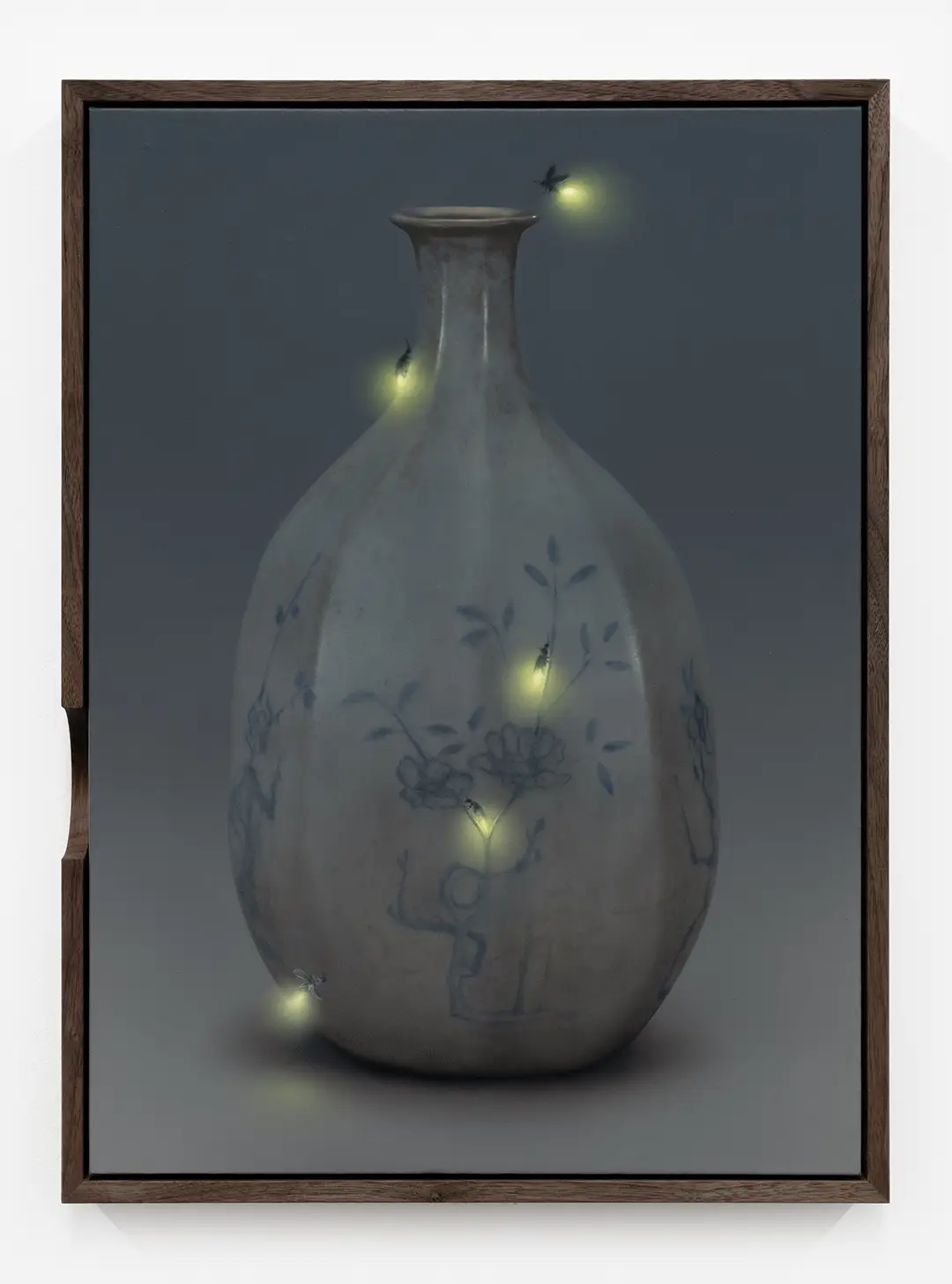
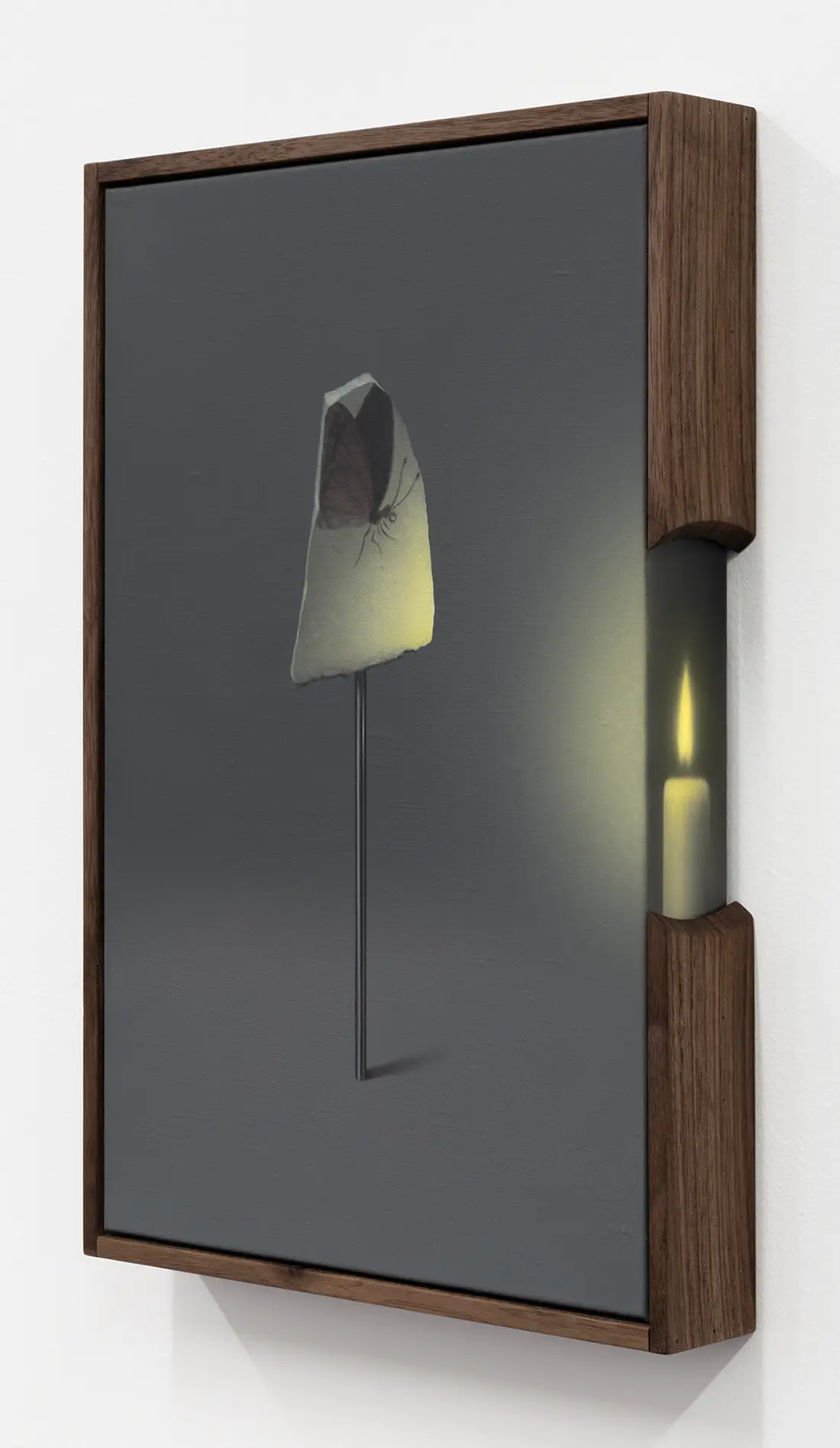
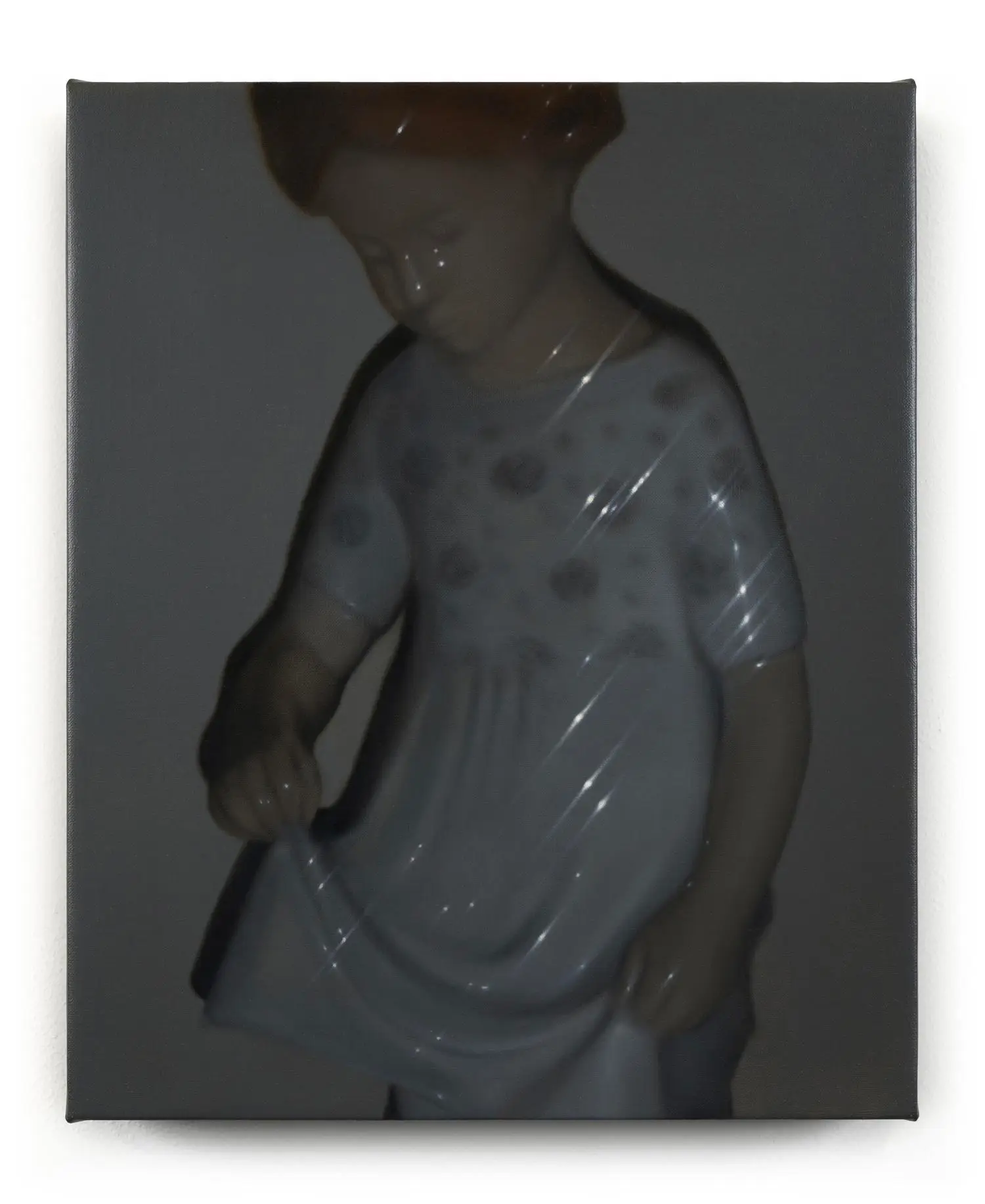
2. Oliver Bak
Oliver Bak, born in 1992 in Copenhagen, Denmark, where the artist continues to work and reside, had a breakthrough moment by the end of last year. The presentation of his solo exhibition Ghost Driver, or The Crowned Anarchist, announced the representation of the Danish artist by the industry-leading Sprüth Magers in Berlin. Mystical scenes inspired by historical narratives and the artist’s engagement with material processes result in fascinating painterly topographies. Combining oil and wax on canvas but also creating clay sculptures and subtle pencil drawings, Bak unites spirits of the past and present. Thick coats of paint mixed with wax are worked and reworked via subtraction and addition, achieving a flickering luminosity and interplay of opacity with translucency.
By conflating different fragments of reality, the artist creates atmospheric scenes between fiction and reality, the tangible and the subconscious, mythology, and life. Levitating bodies and floral elements discuss both mortality and notions of rebirth. Between beauty and the disconcerting, his work deals with the dualities of life and the inescapable rhythm of death and renewal. One dwells into existential realms when getting lost in Bak’s pictures, where flourishing meets decay and the unsolvable conflict of our existence is materialized into heavy, physical matter. Form affects feeling. The objectivity of the real is taken over by the subjectivity of the subconscious. And contemplation about the cycle of life arises.
After exquisite solo presentations at Cassius & Co. in London and ADZ Gallery in Lisbon, Bak has quietly but convincingly entered the top tier of the international art scene in his early 30s, followed by his first significant institutional group exhibition at the Staatliche Museen zu Berlin. The buzz of his Sprüth Magers representation and exhibition made him the number one new artist with the most inquiries of 2024 on Artsy.2 As a result, the Danish artist is arguably one of the most interesting artists to follow—and perhaps also to collect—as the door has been opened for global success. 3
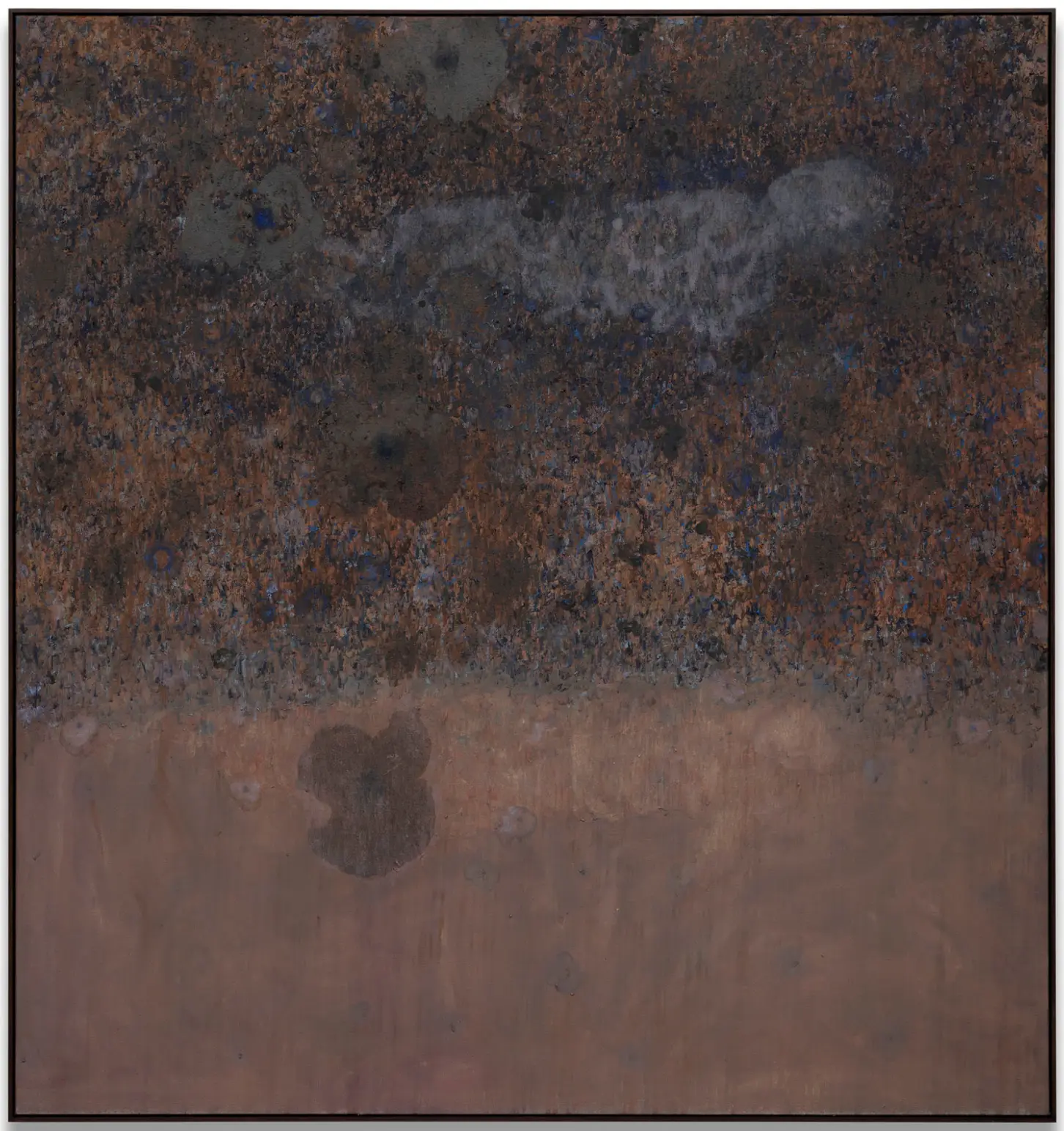
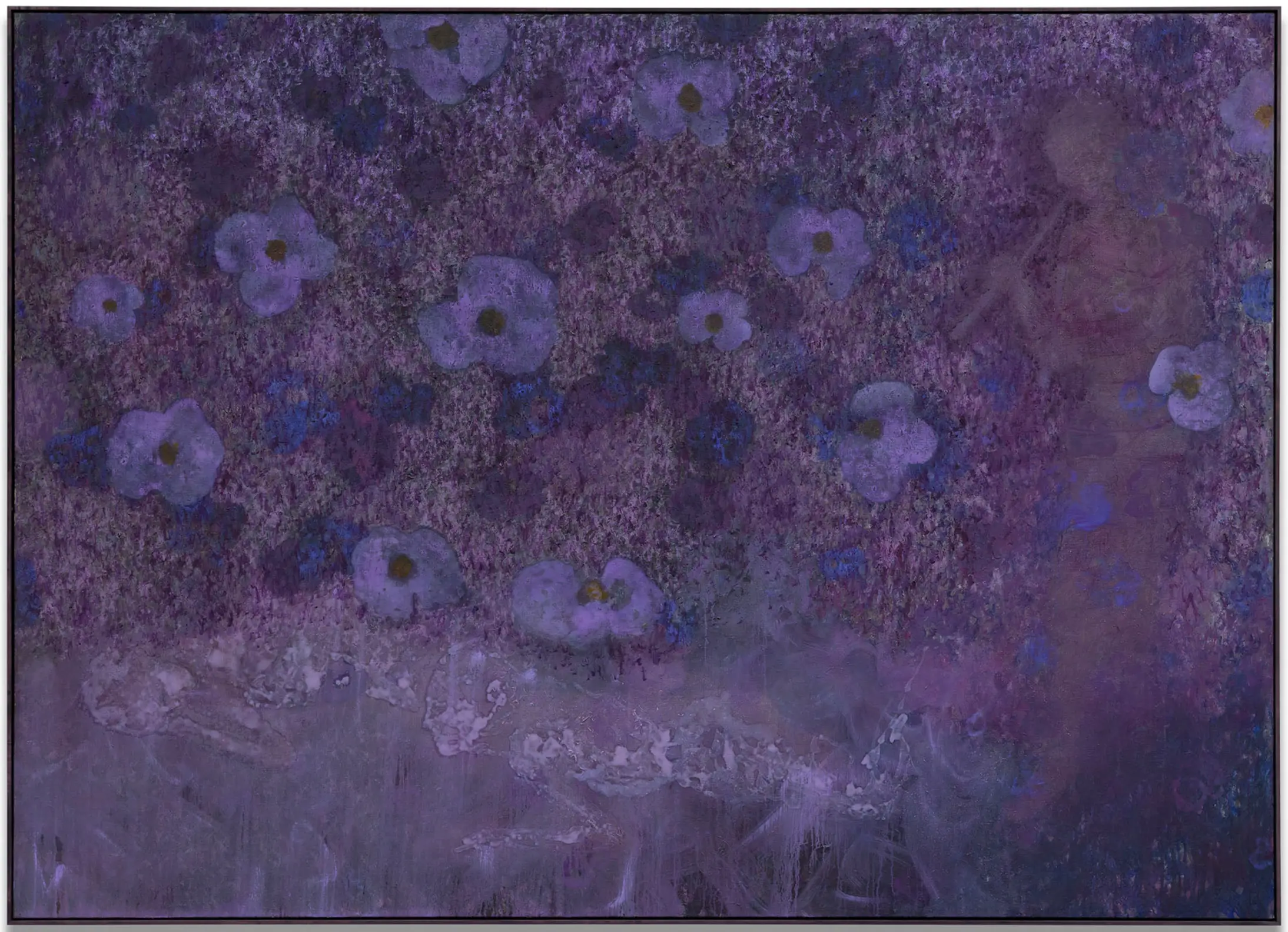

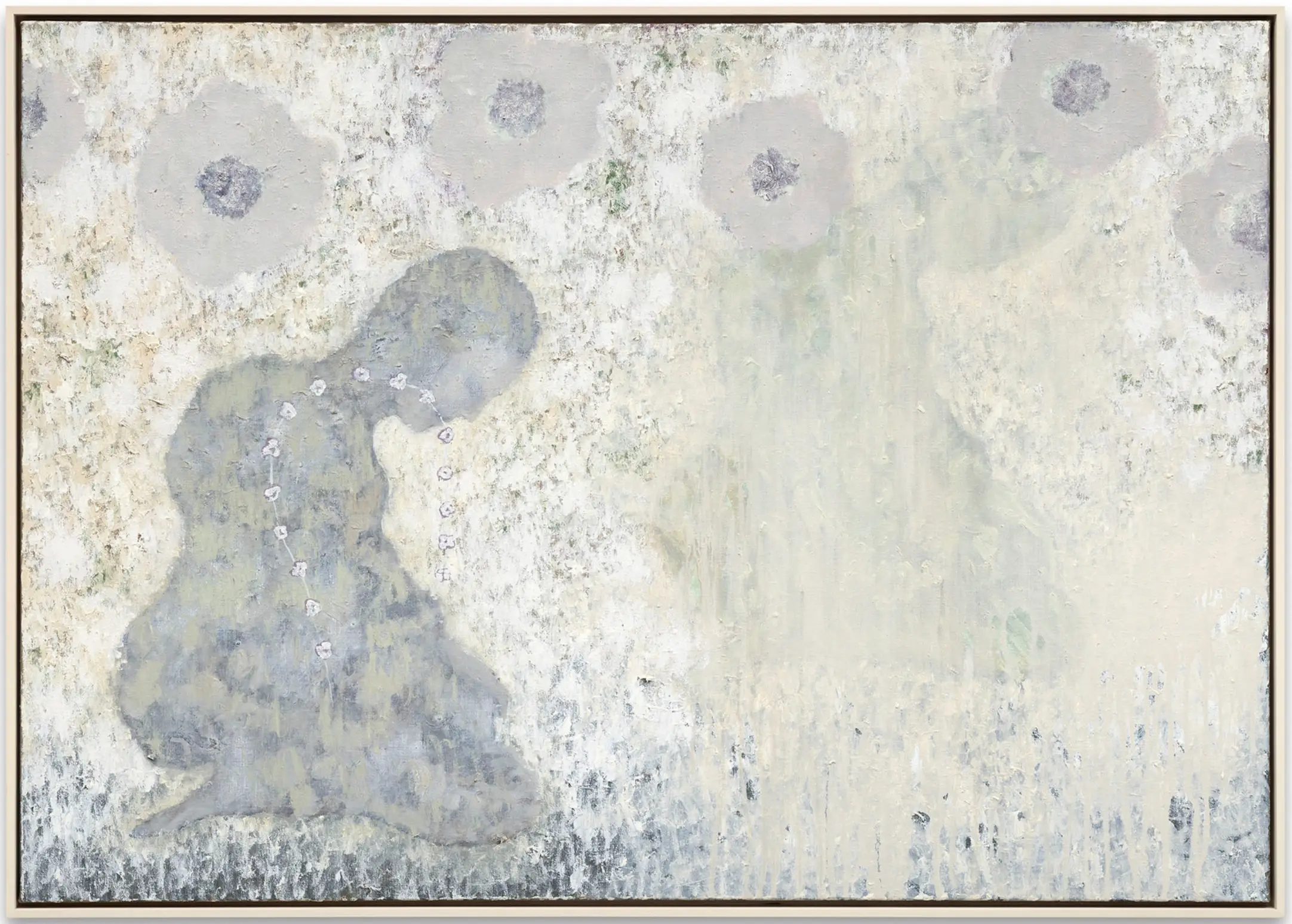
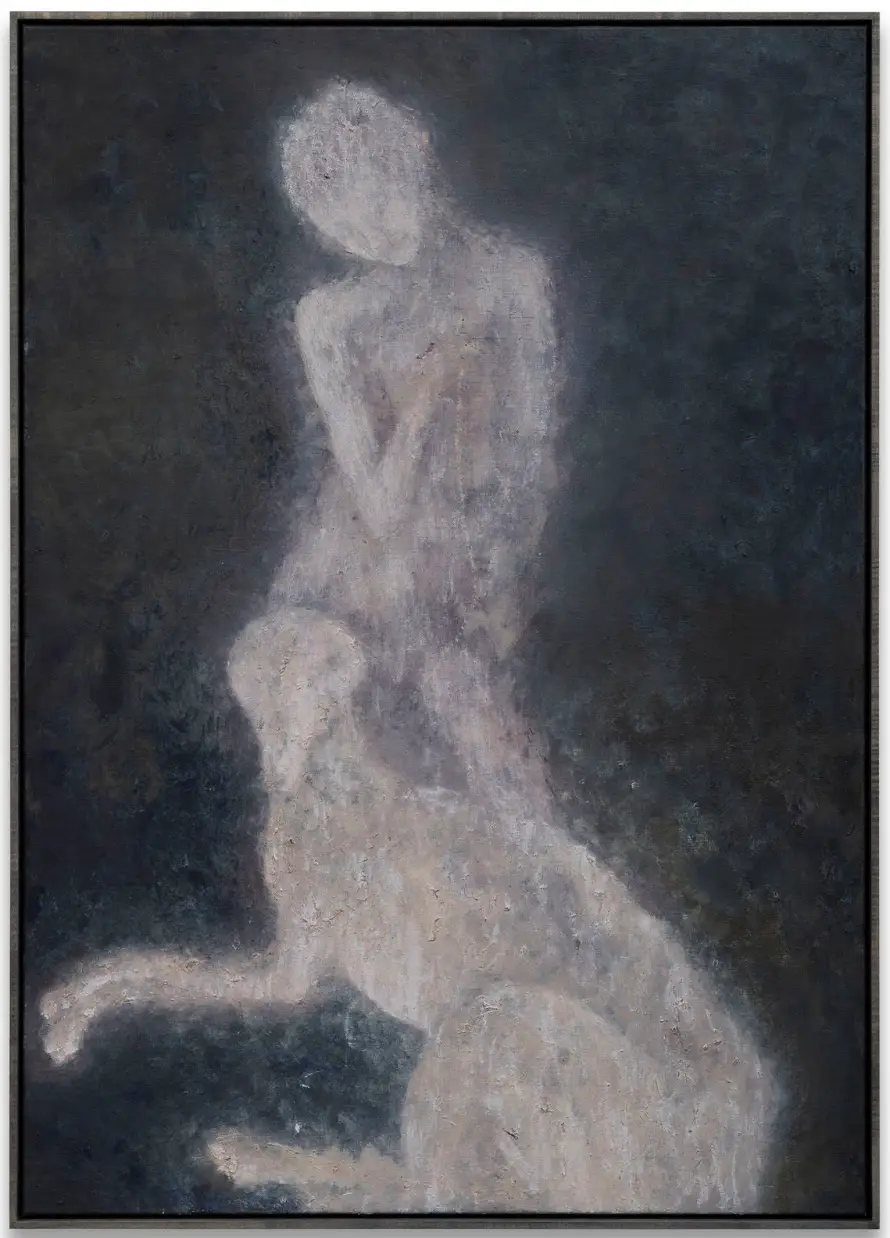
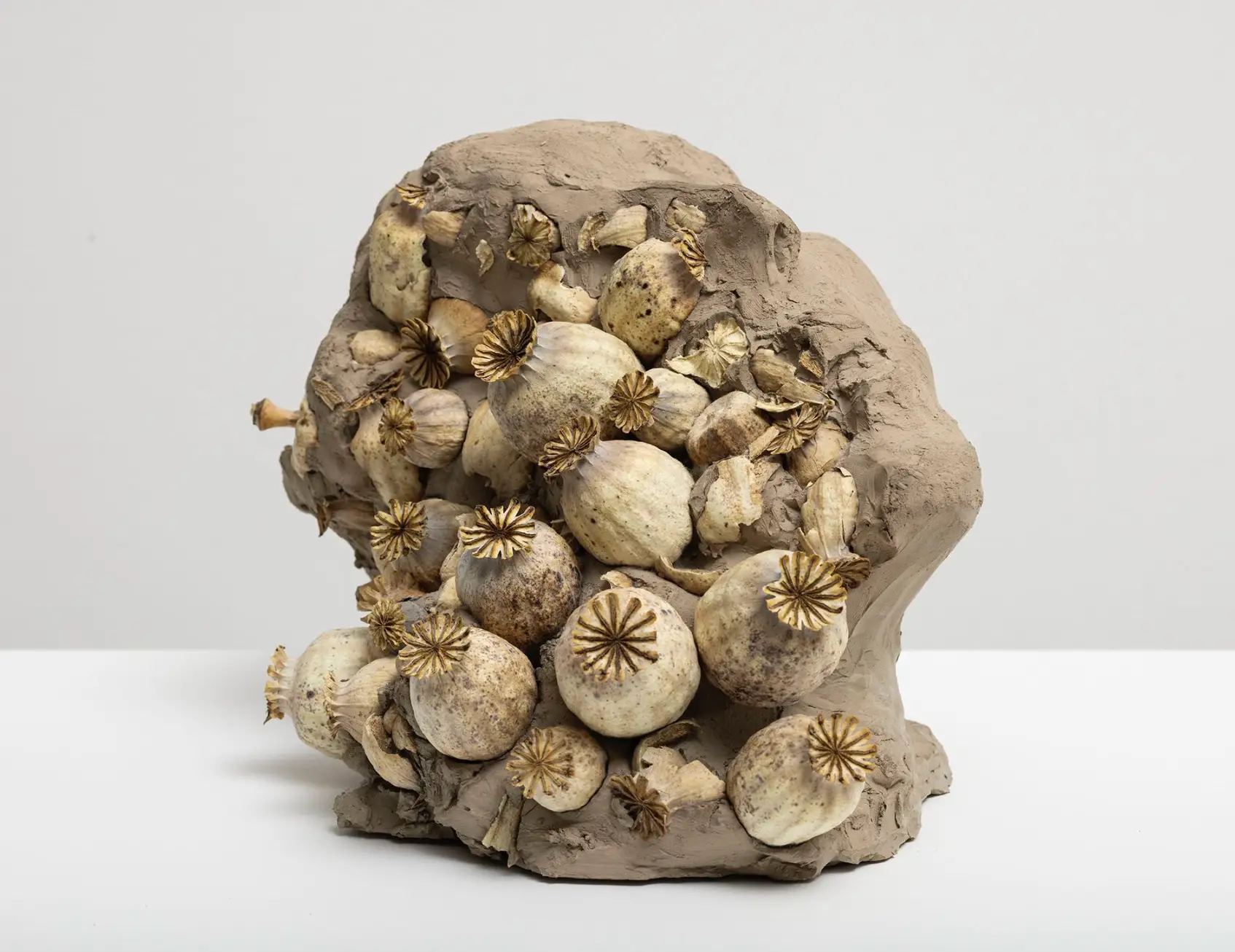
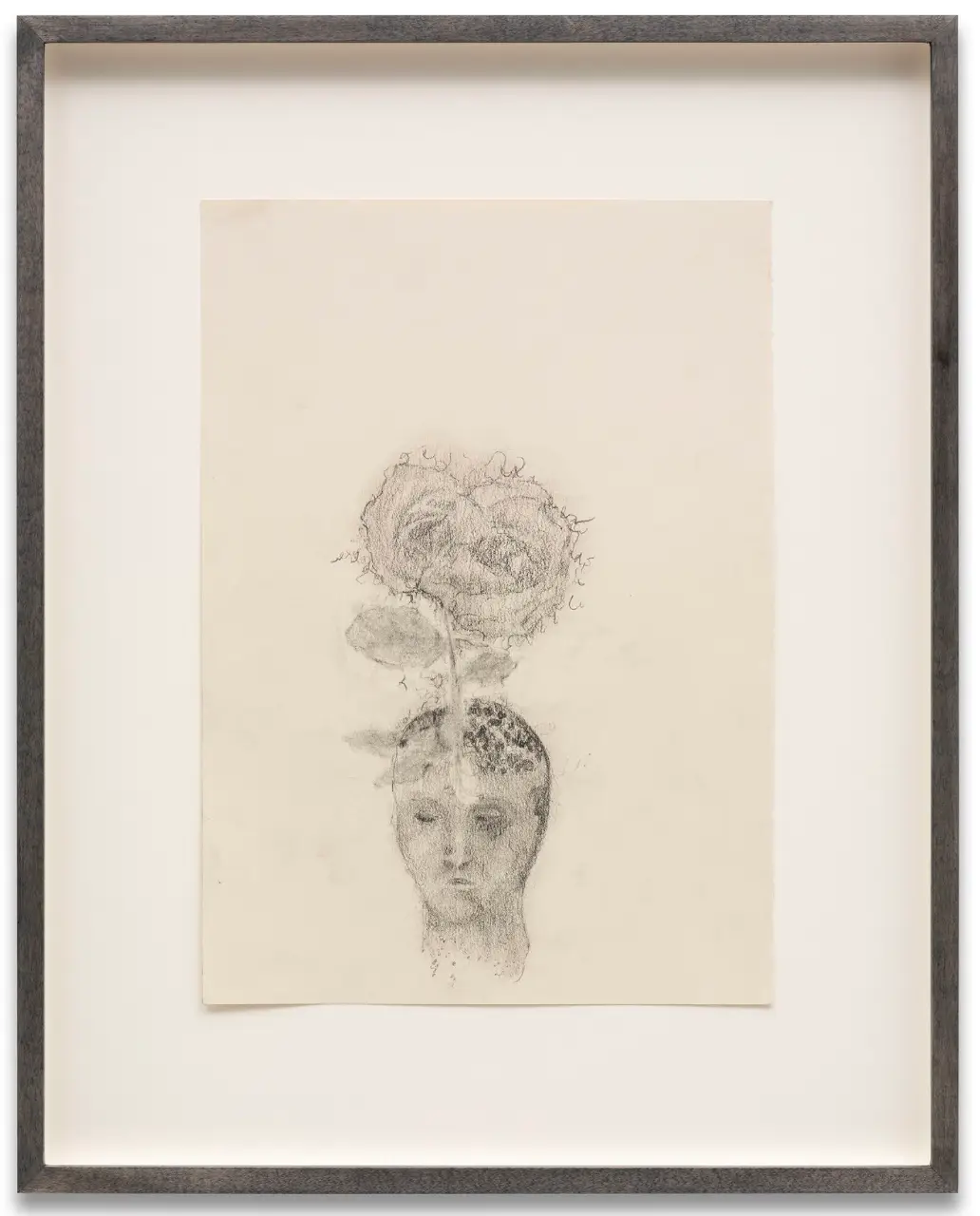
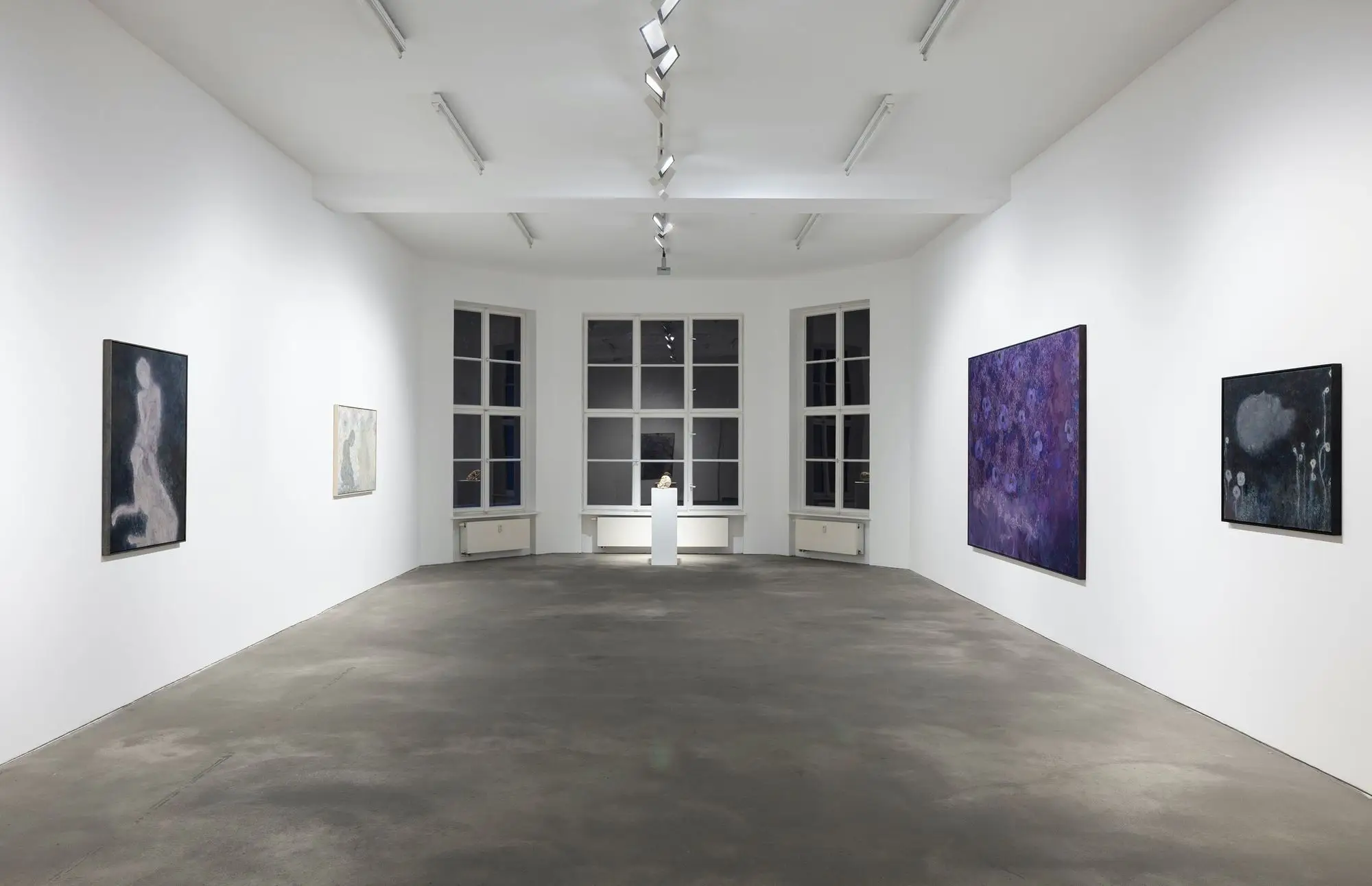
3. Juliana Cerqueira Leite
Up next, we have the Brazilian-American artist Juliana Cerqueira Leite. Born in 1981 in Chicago, residing and working between New York and São Paulo, Cerquira Leite explores the abilities and constraints of the human body through tactile sculptures—often large in scale—delicate works on paper, photo collages, and paintings. Her primary tool is her own body, from using casts of her legs, fingers, arms, or torso to digging, combing, scratching, climbing, falling, and pushing her materials with great physical intent and repetition. Beyond the human figure, the organic is another important visual attribute of her oeuvre. By transmuting both the body, body movements and the organic, Cerquira Leita creates forms between the figurative and the abstract.
The artist states: “Creating new forms is a mission for me. A way of not reasserting the world as it is, but of positing a transformation.” Transformation is a keyword, with some full-body sculptures evoking glimpses of a mythological metamorphosis. Juliana Cerqueira Leite physically visualizes will and desire. By amplifying the density of materials, the Brazilian artist aims to upset the status quo, placing herself in a position where matter is in as much control as the sculptor. Bodies exceed their material, socio-political, and cultural containers, achieving a state of disintegration and, ultimately, assimilation: the mental process of fully taking in and finding a new understanding of information and ideas.
The work of Juliana Cerqueira Leite was a personal discovery in 2024. Last year, she also participated in a group exhibition at the KW Institute for Contemporary Art in Berlin—a major institution providing further critical validation. Having received the Pollock-Krasner Foundation Grant and the Furla Art Prize during the Moscow Young Art Biennale, the Brazilian-American artist is on the rise decisively. Considering her impressive resume, the current on-trend nature of her work, and recent coverage in Artforum, Cerqueira Leite is one of the main artists on my radar this year.4
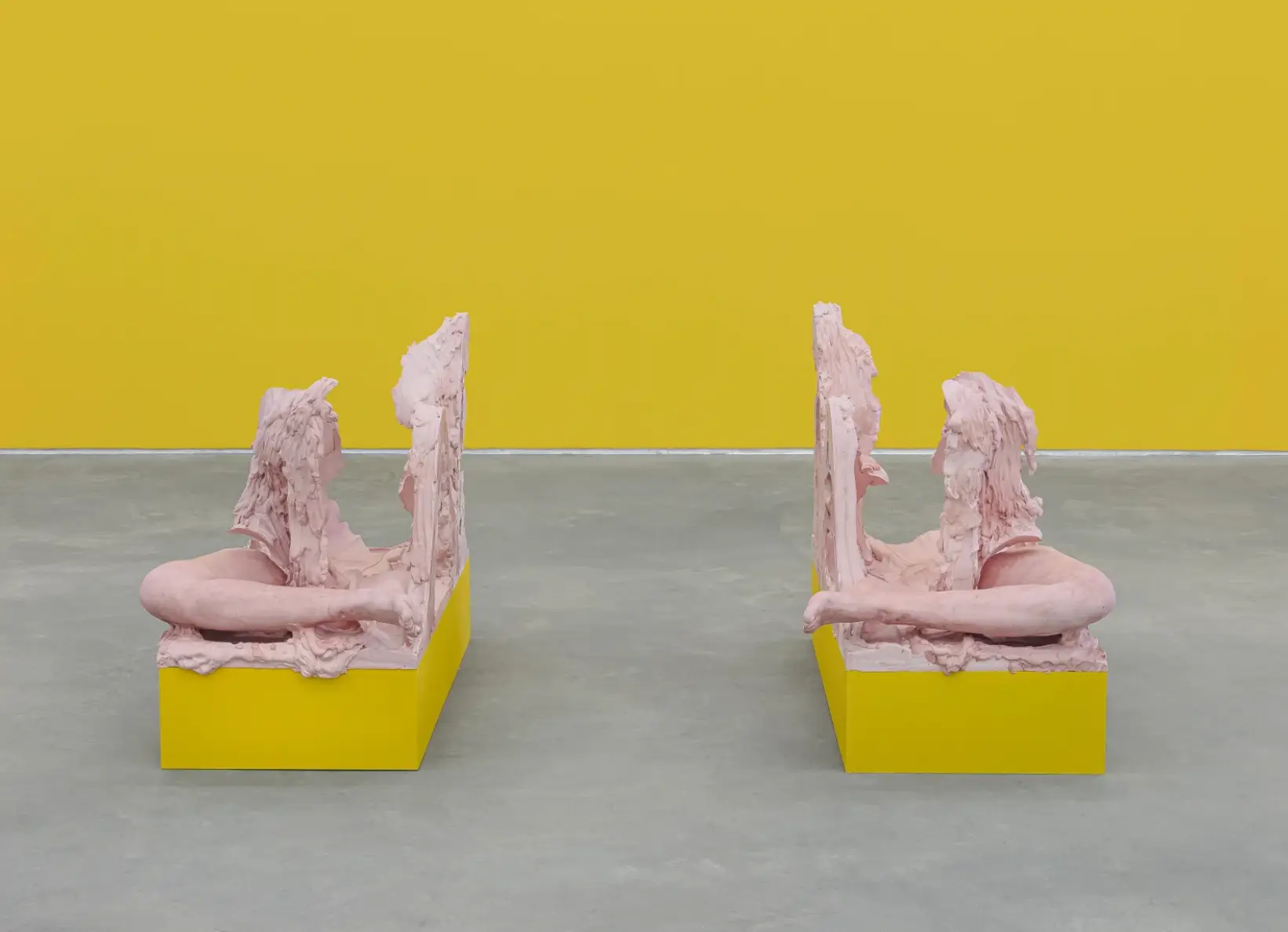
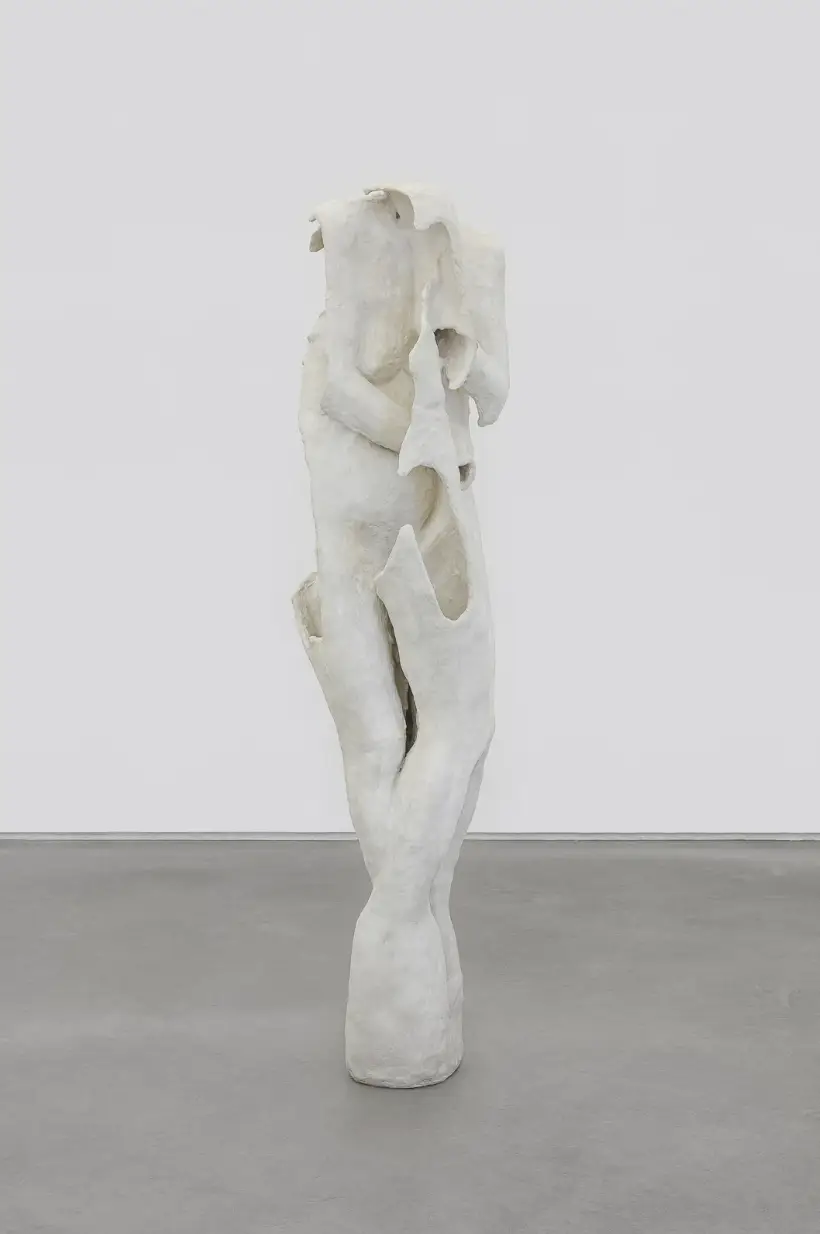
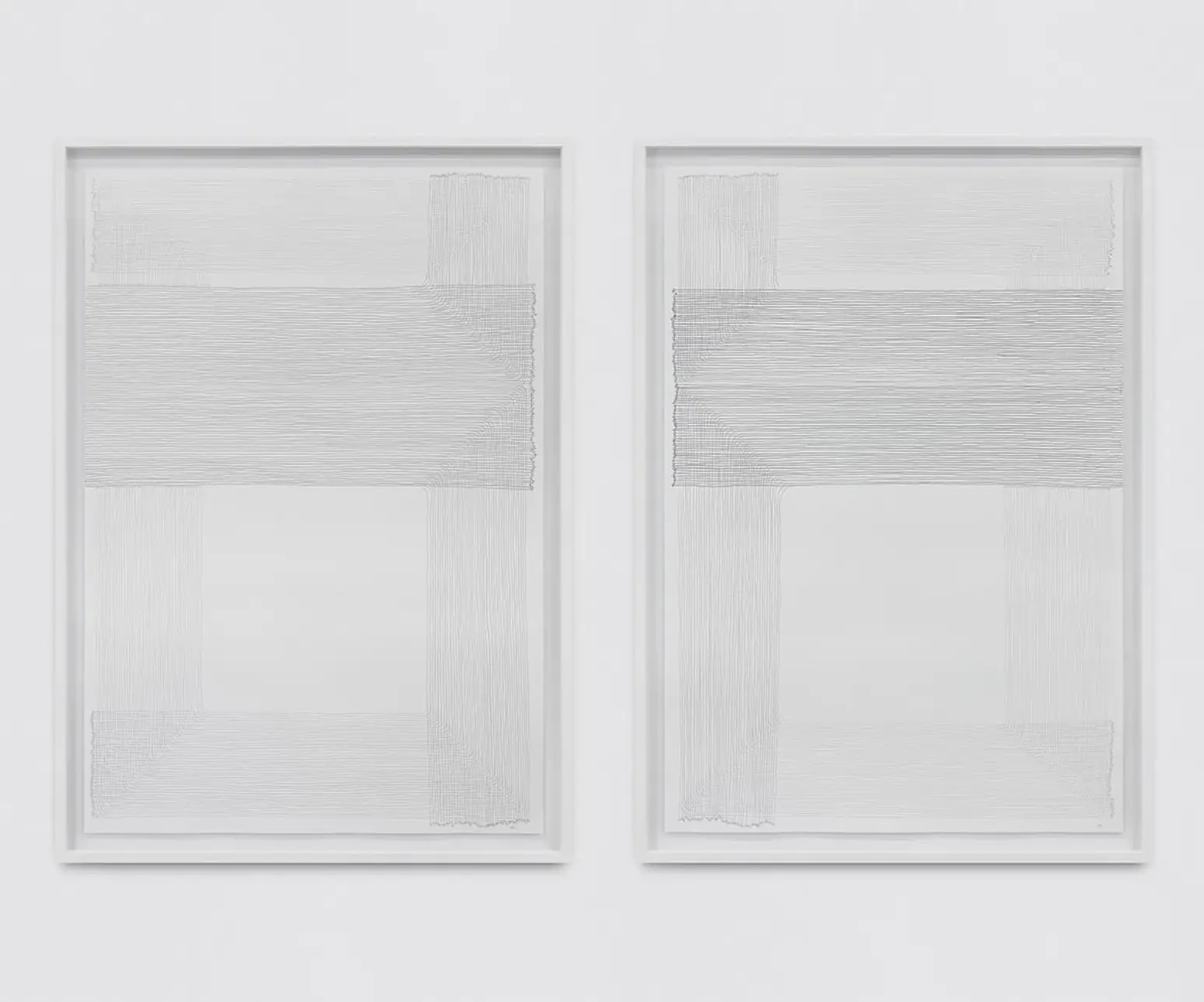
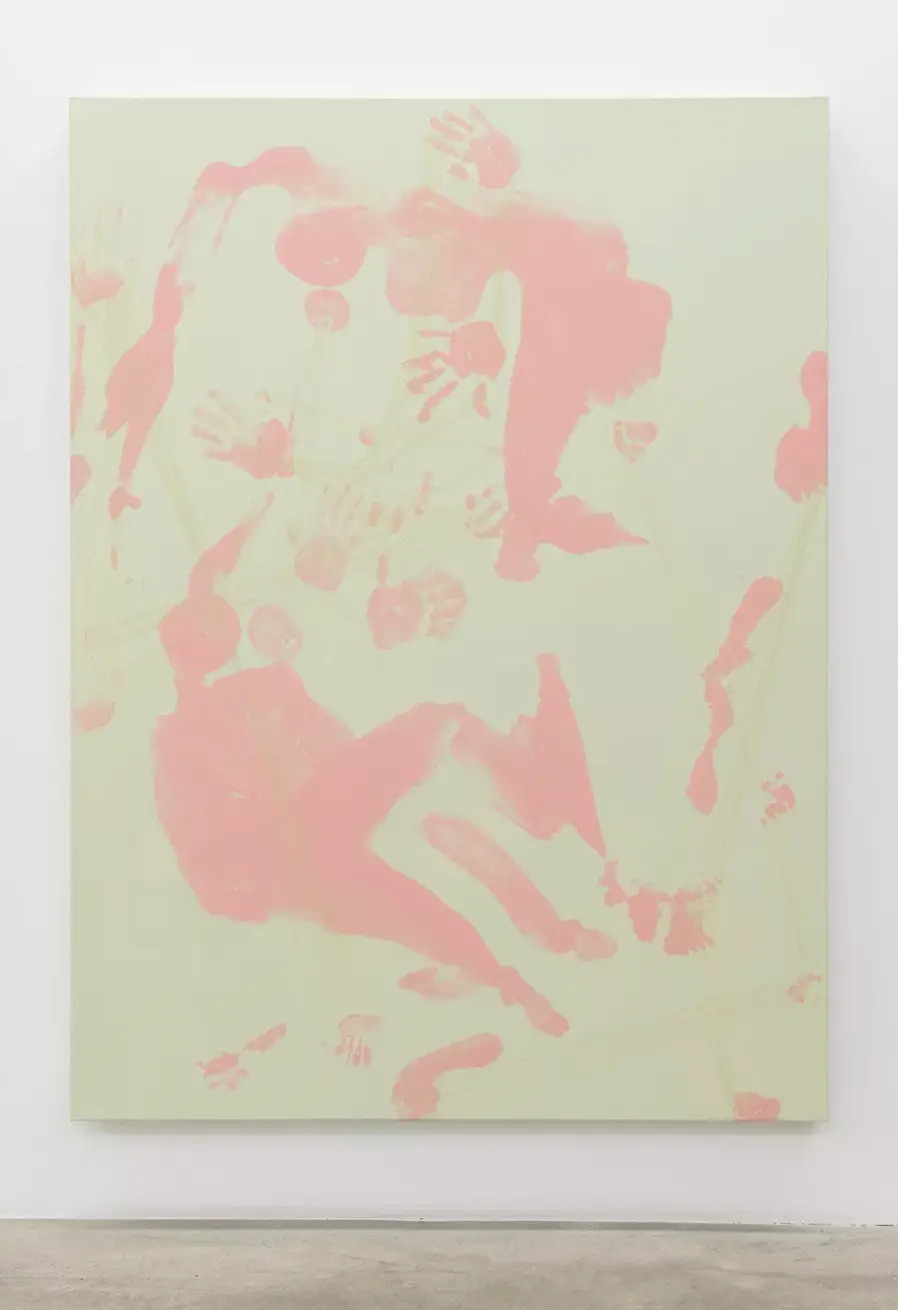
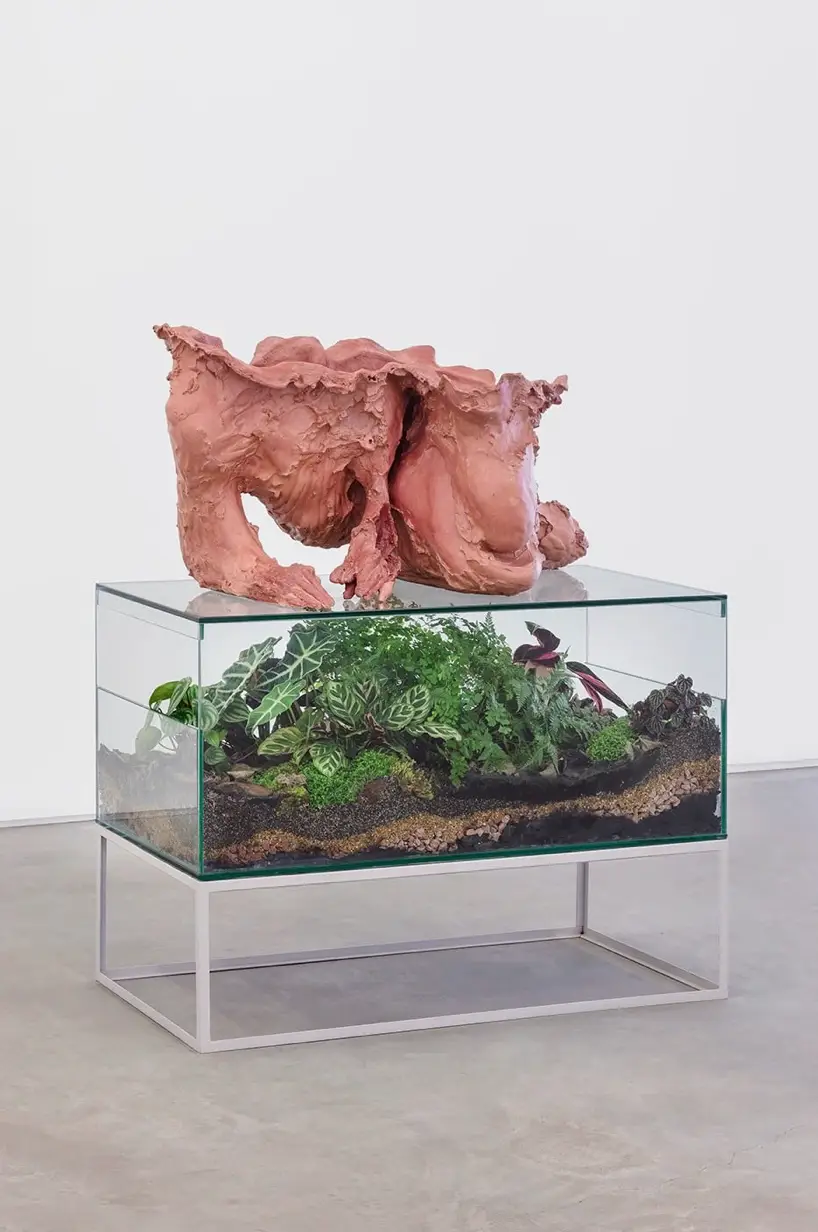
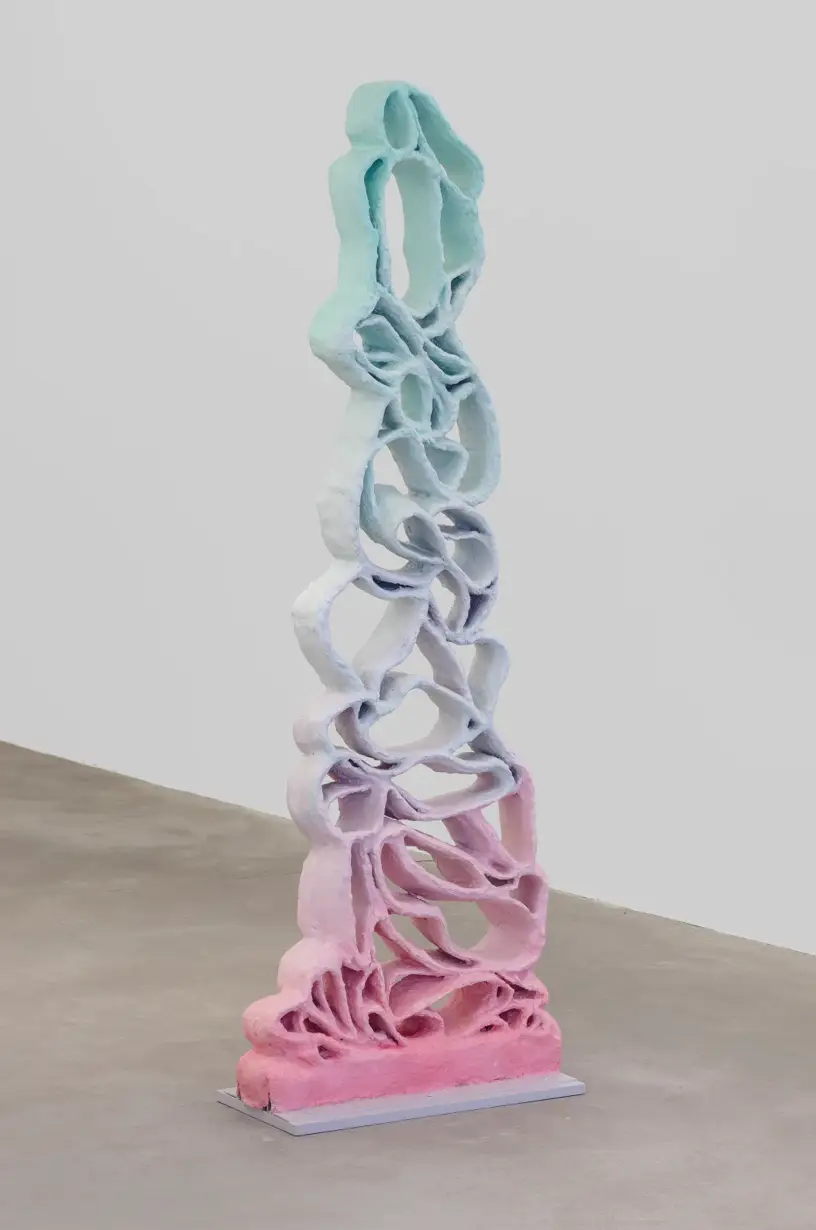
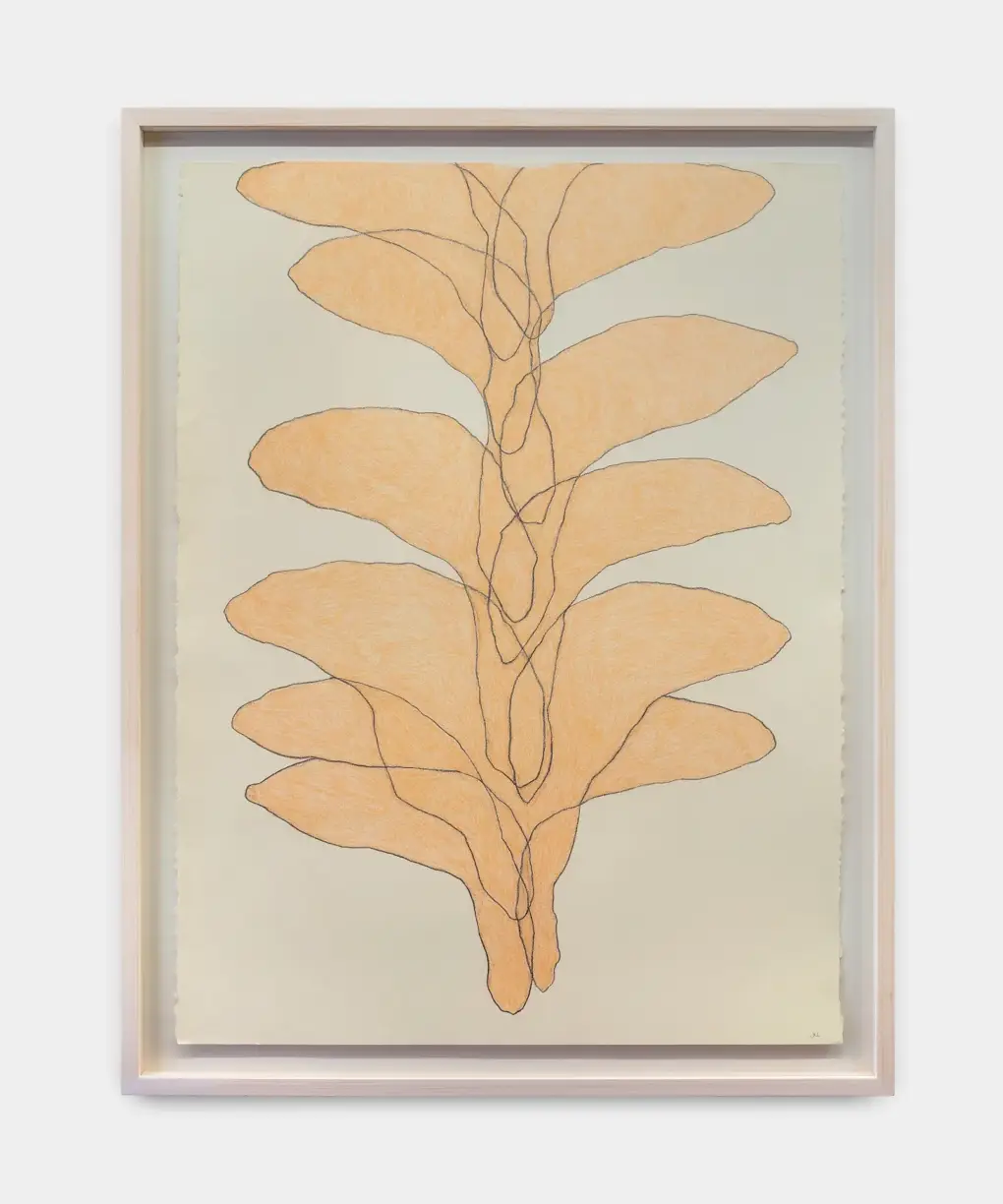
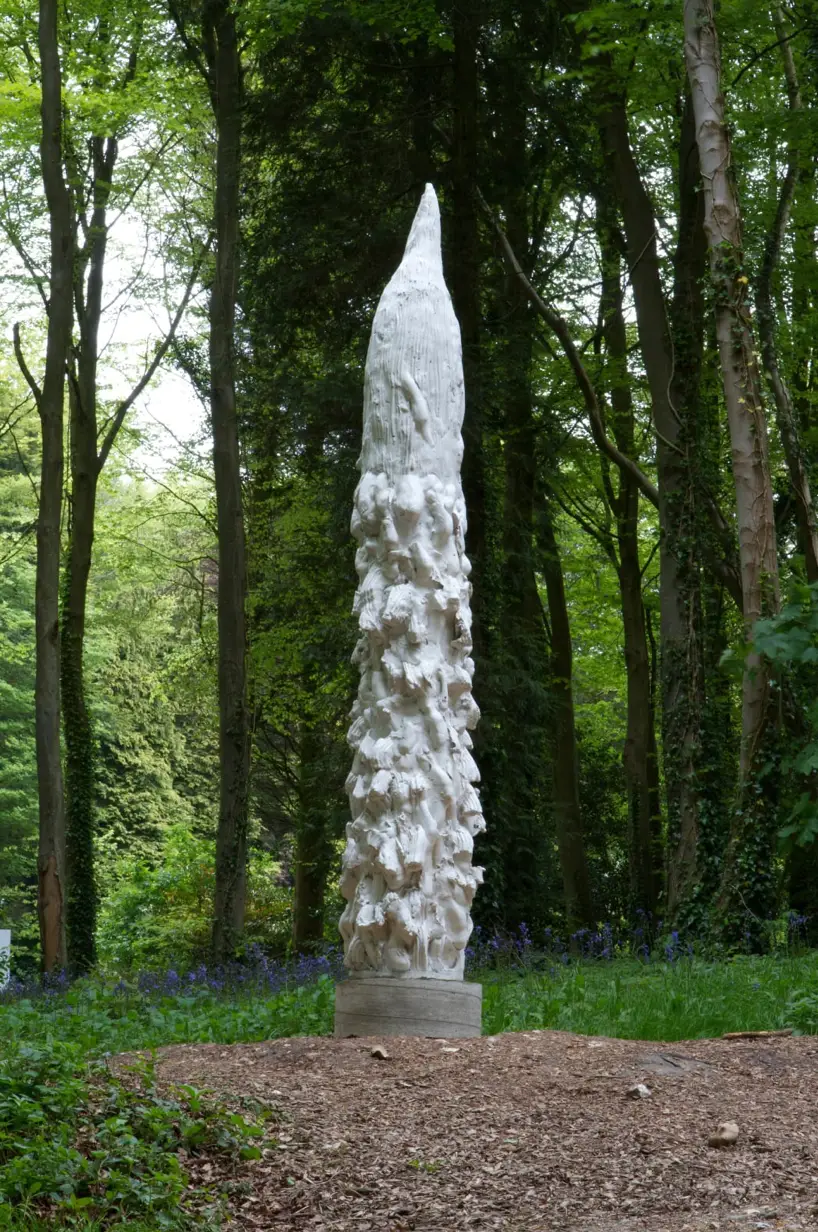
4. Sang Woo Kim
A second Seoul-born artist on our list is Sang Woo Kim. Born in 1994, Kim moved to London at a very young age, where he was raised by his traditional Korean parents and continues to work and reside. His background, personal experiences, and identity are central to his work. The artist felt different throughout his youth, as if people looked and treated him as “other.” This essential and complex struggle of cultural duality is brought to attention throughout his practice. He deals with it using humor and irony, aiming to surprise and disrupt the viewer’s behavior to truly “see.” As a result, we encounter a deep focus on the eyes and the gaze throughout his painterly practice.
Another important autobiographical aspect is Kim’s background as a fashion model and, therefore, being used to be gazed upon. As a result, self-portraiture was a logical next step in his development, which would be a catalyst and a turning point in his career. Painting with oils, acrylics, and a hybrid technique using pigment transfers to create unique paintings out of photography, Sang Woo Kim’s work is lauded for its delicate surface, unique arrangements, and intriguing close-ups of eyes, skin, faces, and more abstract fragments. From iconic film stills to self-portraiture, the artist revisits the cultural lens. He reclaims agency over his racialization as a Korean man in the United Kingdom. We gaze at the artist, the painting, but the artist returns the gaze and makes us reflect our own.
The aesthetics and unique arrangements of multi-canvas works form narrow image sequences, both vertically and horizontally, creating an enigmatic atmosphere marked by fear, desire, and otherness. As a result, the artist is not only going viral on Instagram but had a well-deserved breakthrough year with solo exhibitions at Sébastian Bertrand in Geneva and Harald St. in London, and group exhibitions at Union Pacific in London and the mega-gallery Hauser & Wirth in Somerset. Even more, his work has entered collections of renowned institutions such as the MAMCO Museum in Geneva and the X Museum in Beijing—all in the past 12 months. As a result, I cannot wait to see what Sang Woo Kim has in store for us in the next 12 months.5
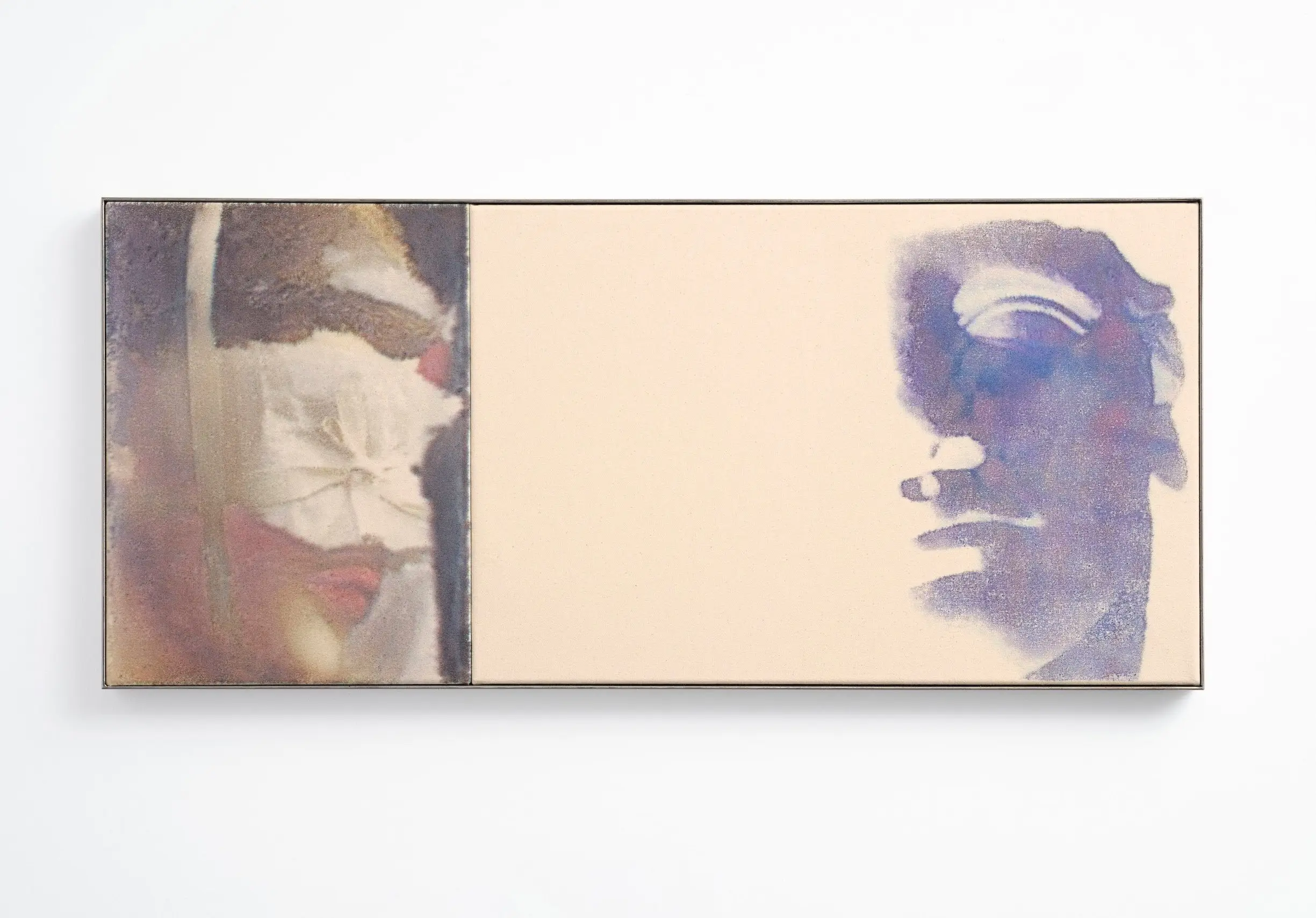
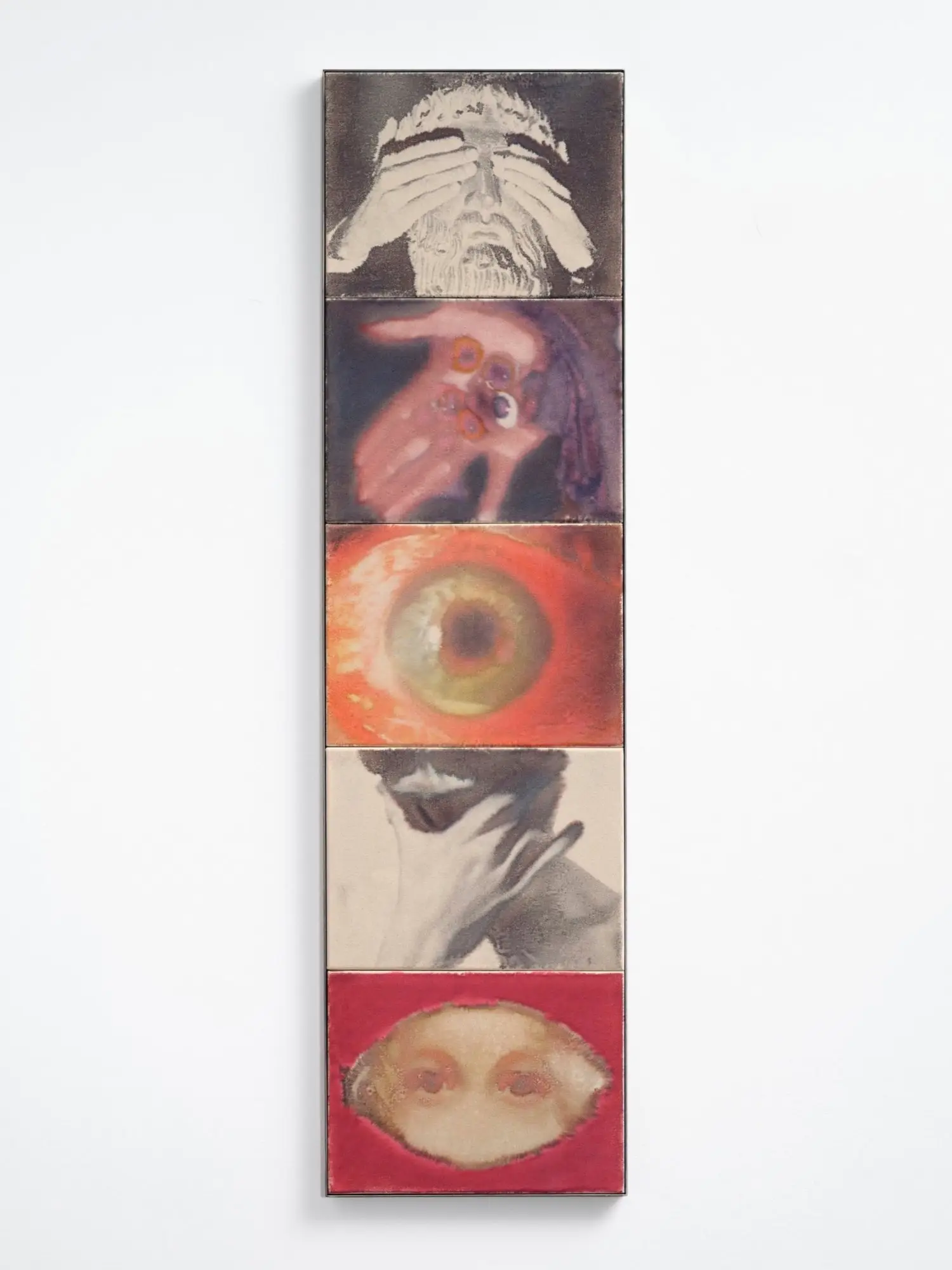
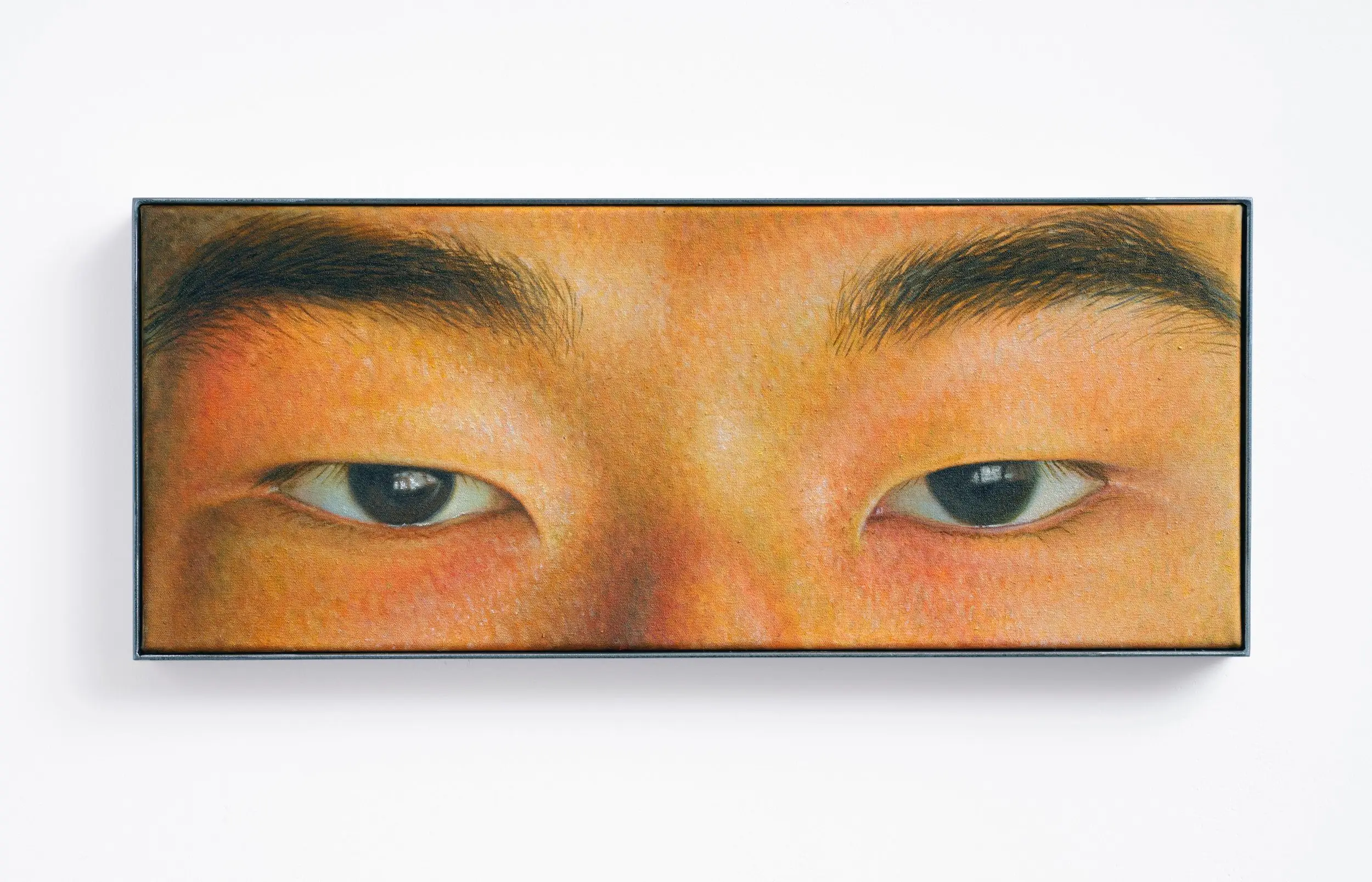
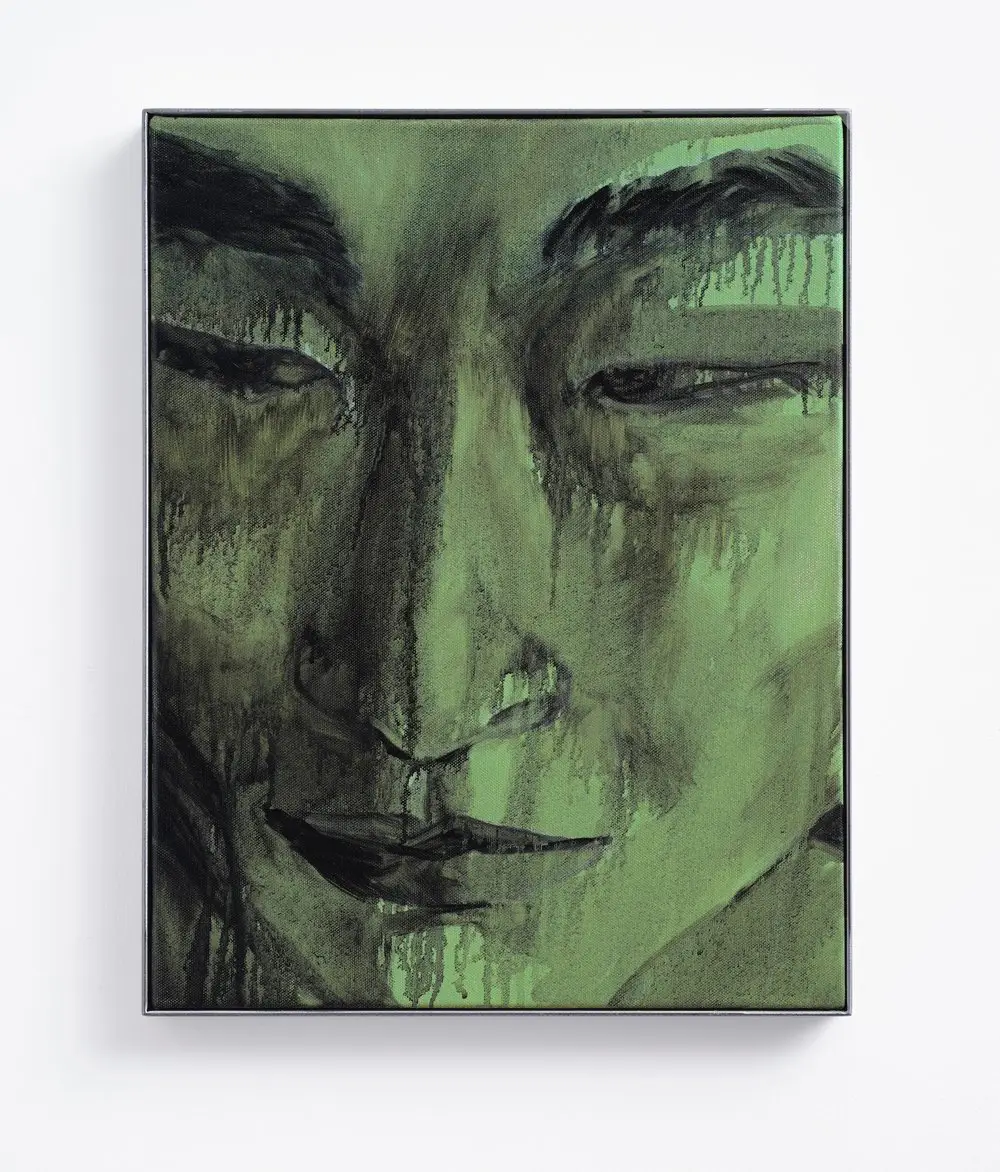
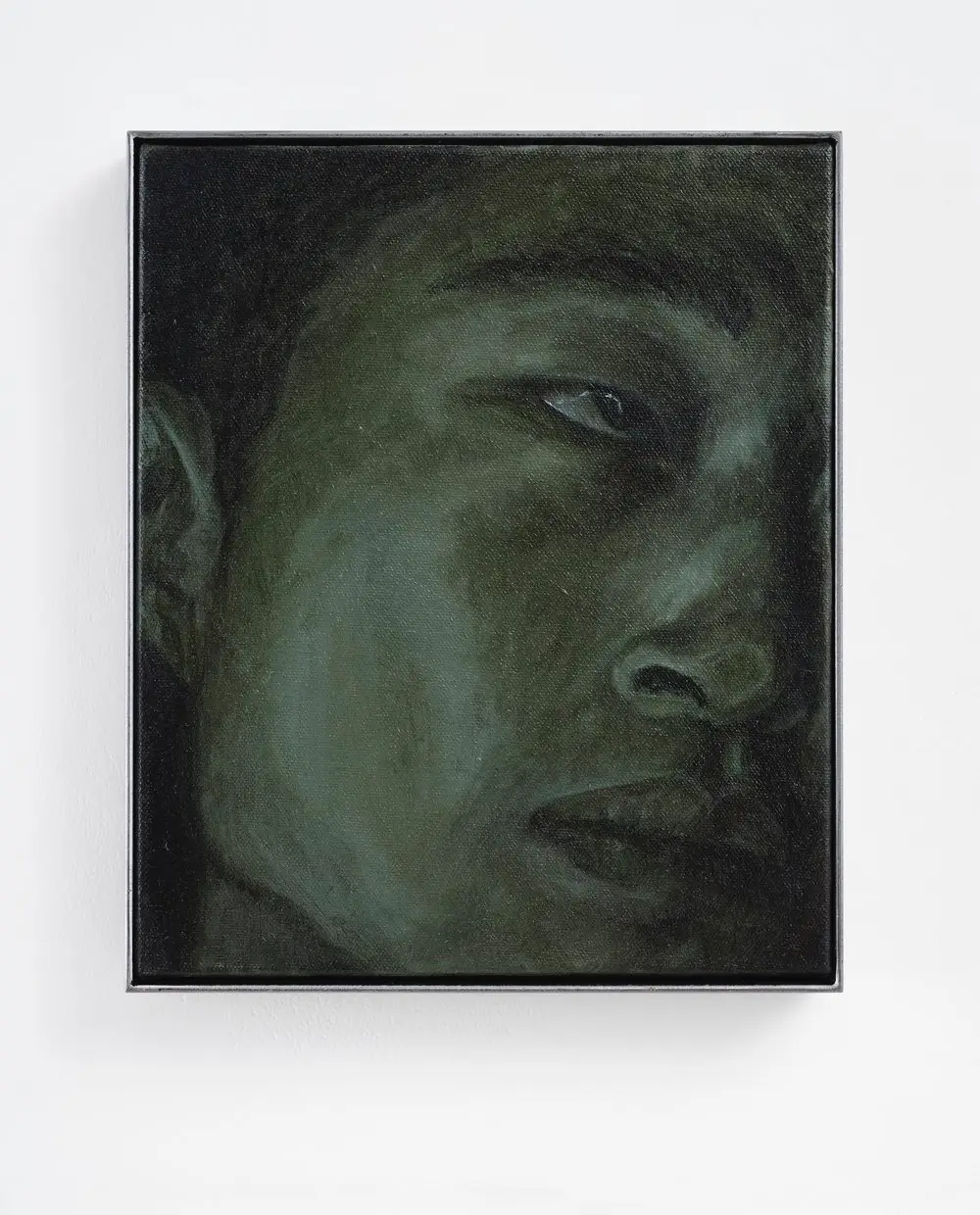
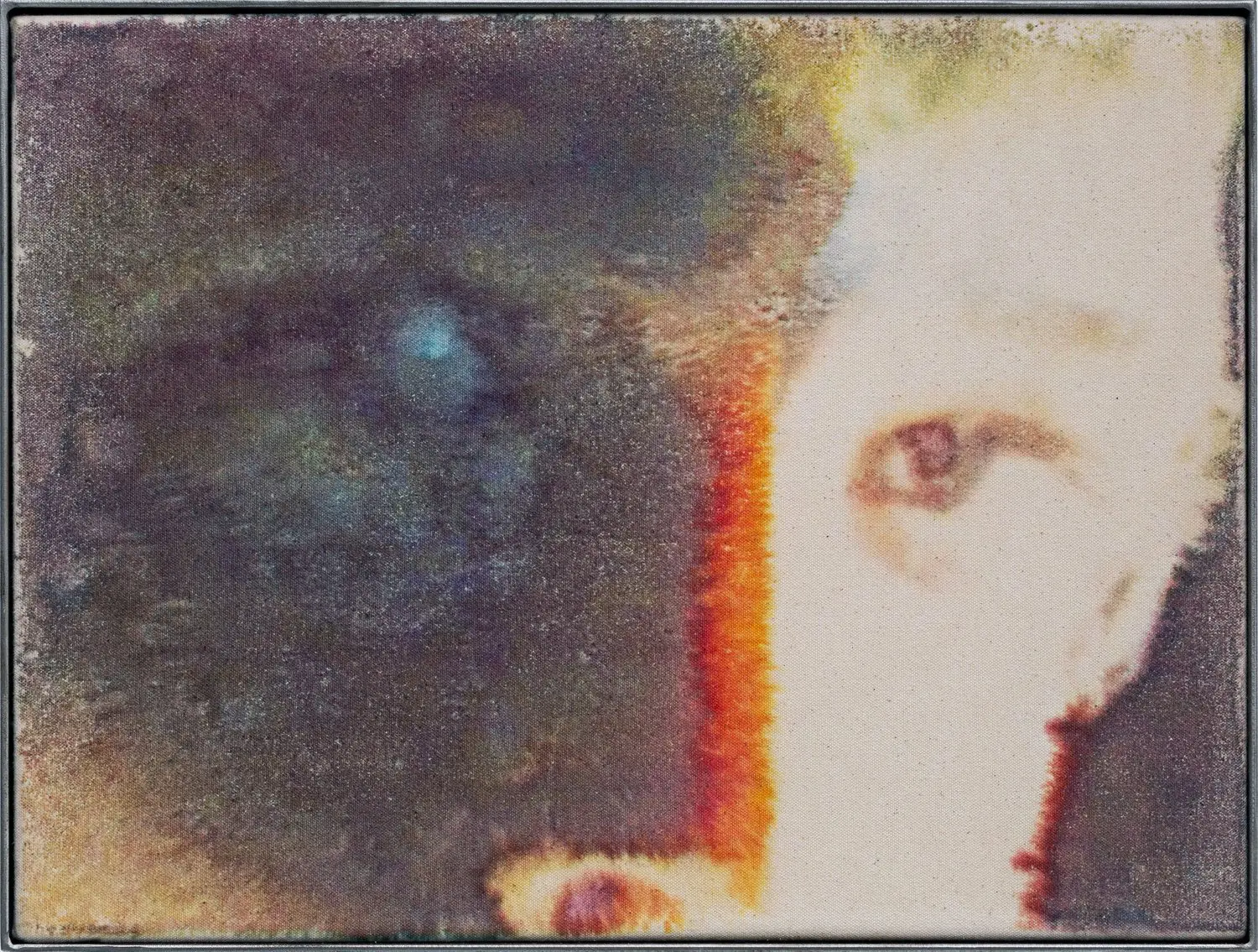
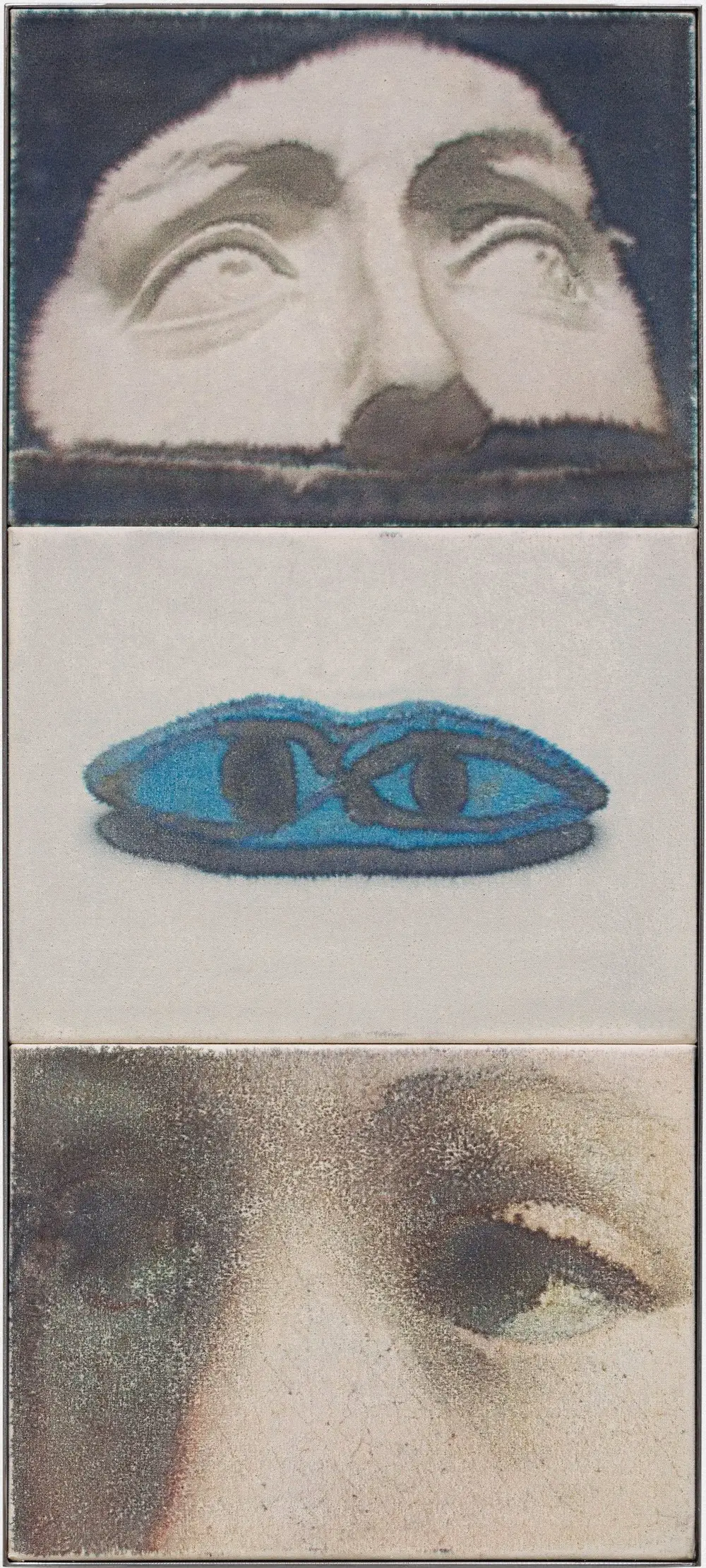
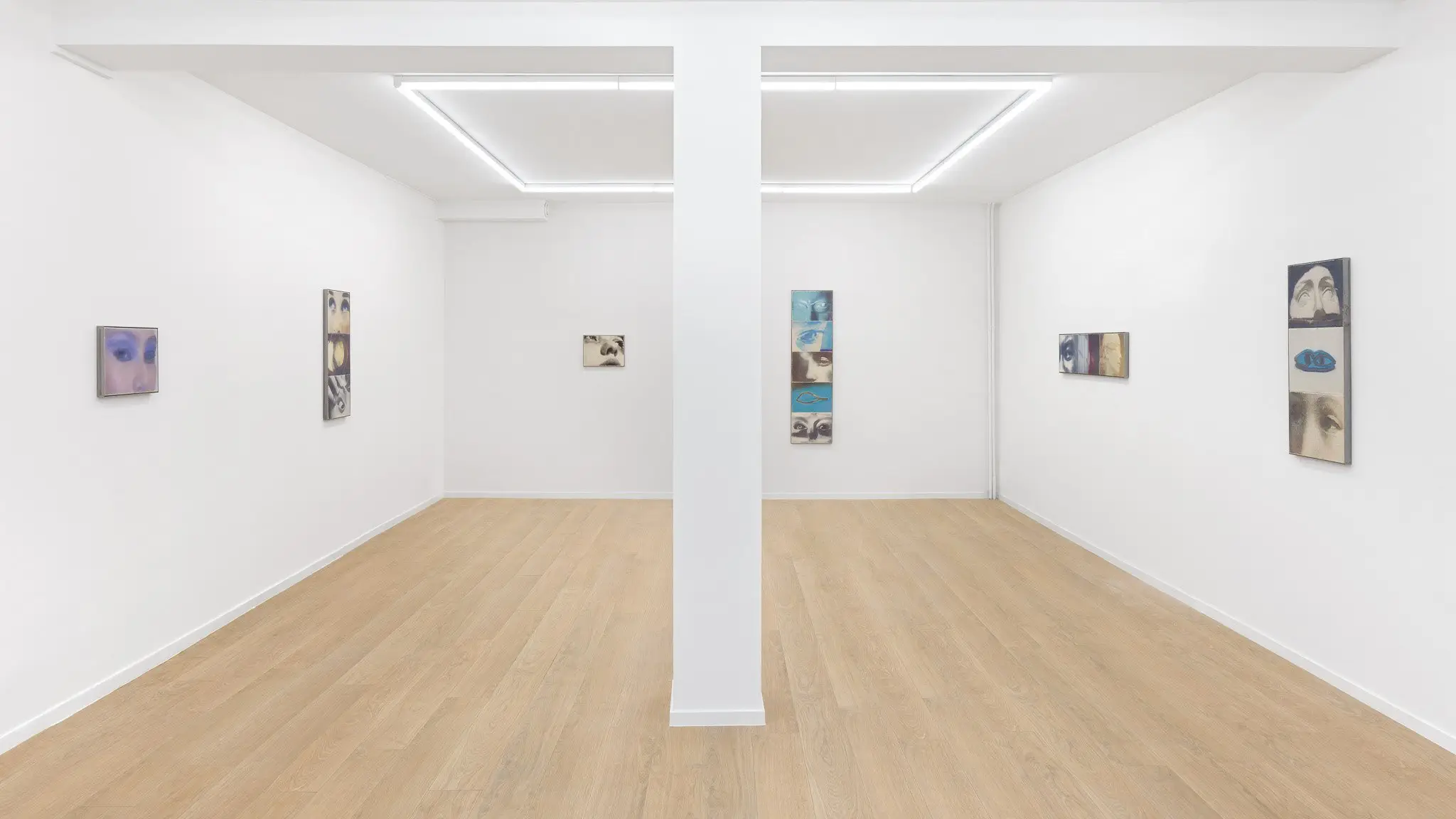
5. Coumba Samba
We conclude with the Benjamin of the list. Coumba Samba was born in 2000 in Harlem, New York, grew up in Dakar, Senegal, and has lived and worked between New York and London. Samba is an interdisciplinary artist who works with sculpture, installation, photography, and performance. One could argue Samba is a cultural phenomenon, considering she is also part of the two-person experimental pop band New York alongside Gretchen Lawrence. In her artistic practice, the artist incorporates biographical and nostalgic narratives with current affairs and coincidental encounters, thinking and moving between the individual and intimate up to the collective and political.
Working across various media, her oeuvre is stylistically heterogeneous, although several elements and archetypes function as the backbone of her creative thinking. One of those aspects is using ready-made sculptures and integrating found objects in her installations and wall objects, from a turtle tank to a pile of construction sand. Another element is the use of fresh, vivid colors to manipulate these objects, to transform them into aesthetically pleasing contemporary artworks, but also to imbue them with meaning, personal connections, or political allegories. For instance, in Stripe Blinds (2023), Samba paints each horizontal slat of broken wooden window blinds using a set of studio photographs of her older sister when she was modeling and before she dedicated herself to religion and her family as a color guide to create a sentimental and direct artifact of her sister’s personal transition.
In Radiator (2024) of her Red Gas series, Samba uses the radiator as a clever reference to the West’s dependency on Russian gas in times of war. The colors are once more not by chance or out of mere aesthetic interest. They all have their own reference and agenda, playing with color in the function of the found object as a minimal artwork while simultaneously reflecting on the politicization of colors. As a result, even though her career has just started, with five solo exhibitions across three continents in 2024, Coumba Samba has already captured the attention of some prominent figures in the art world—including ours—making her one of the artists to watch in 2025.6
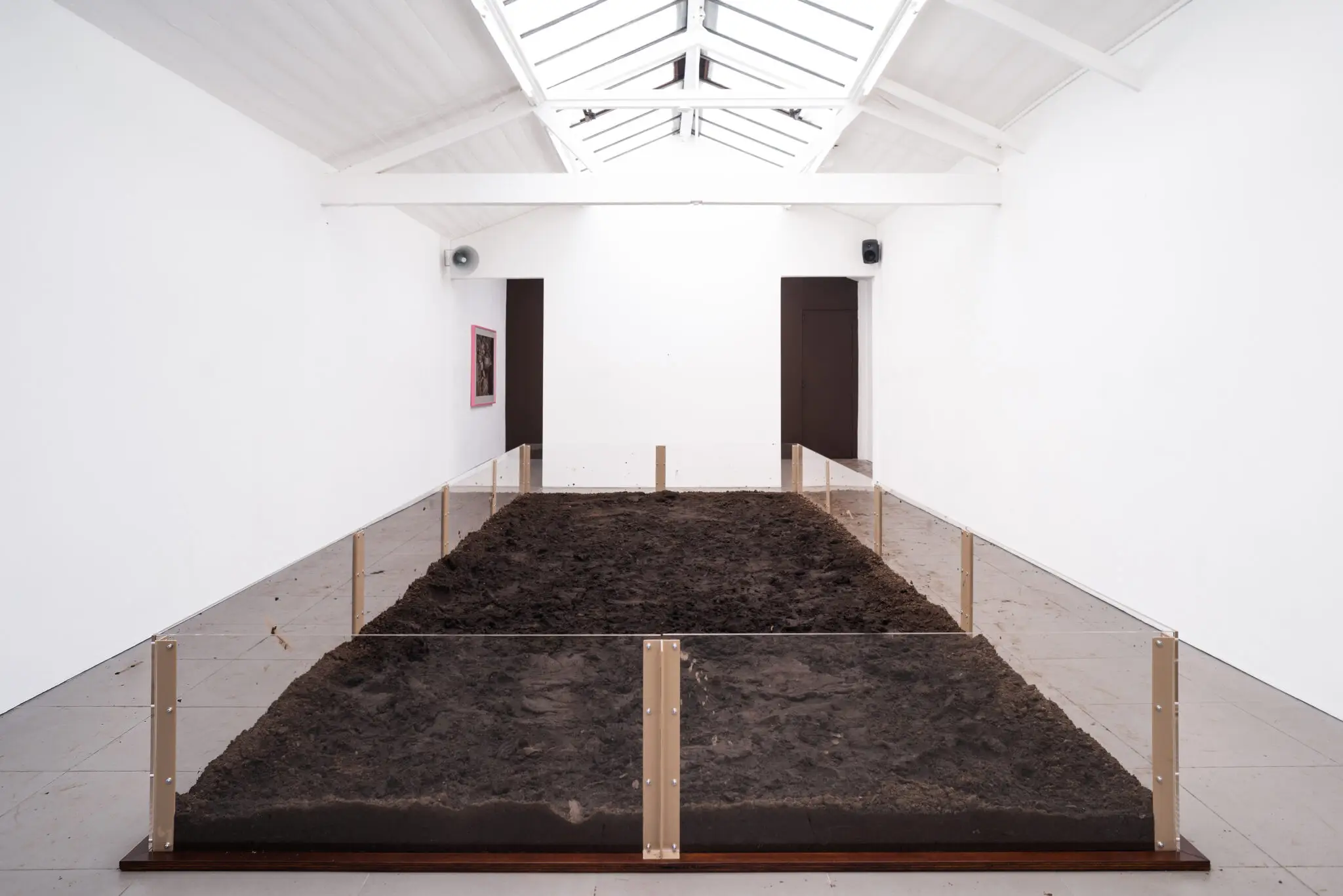
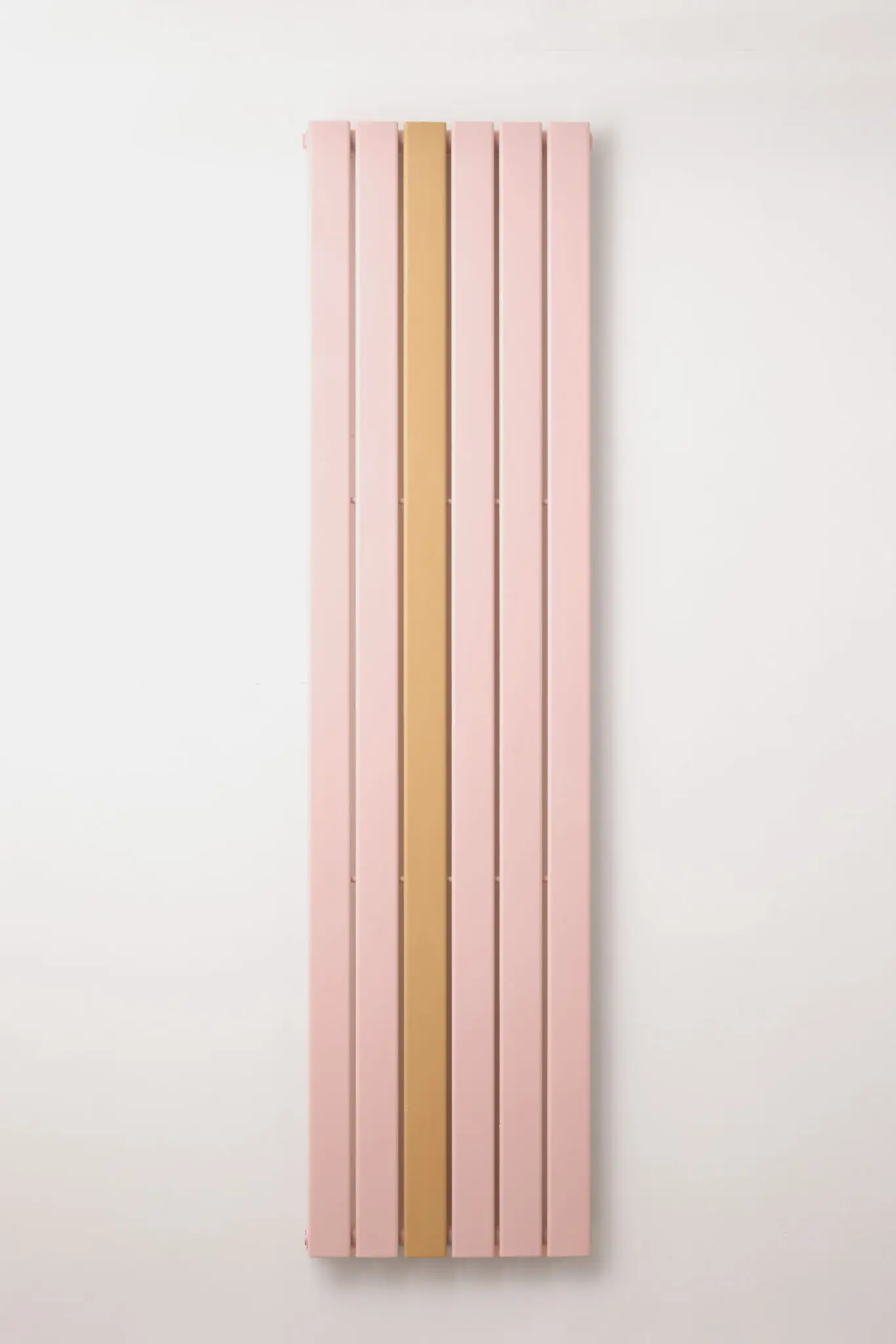
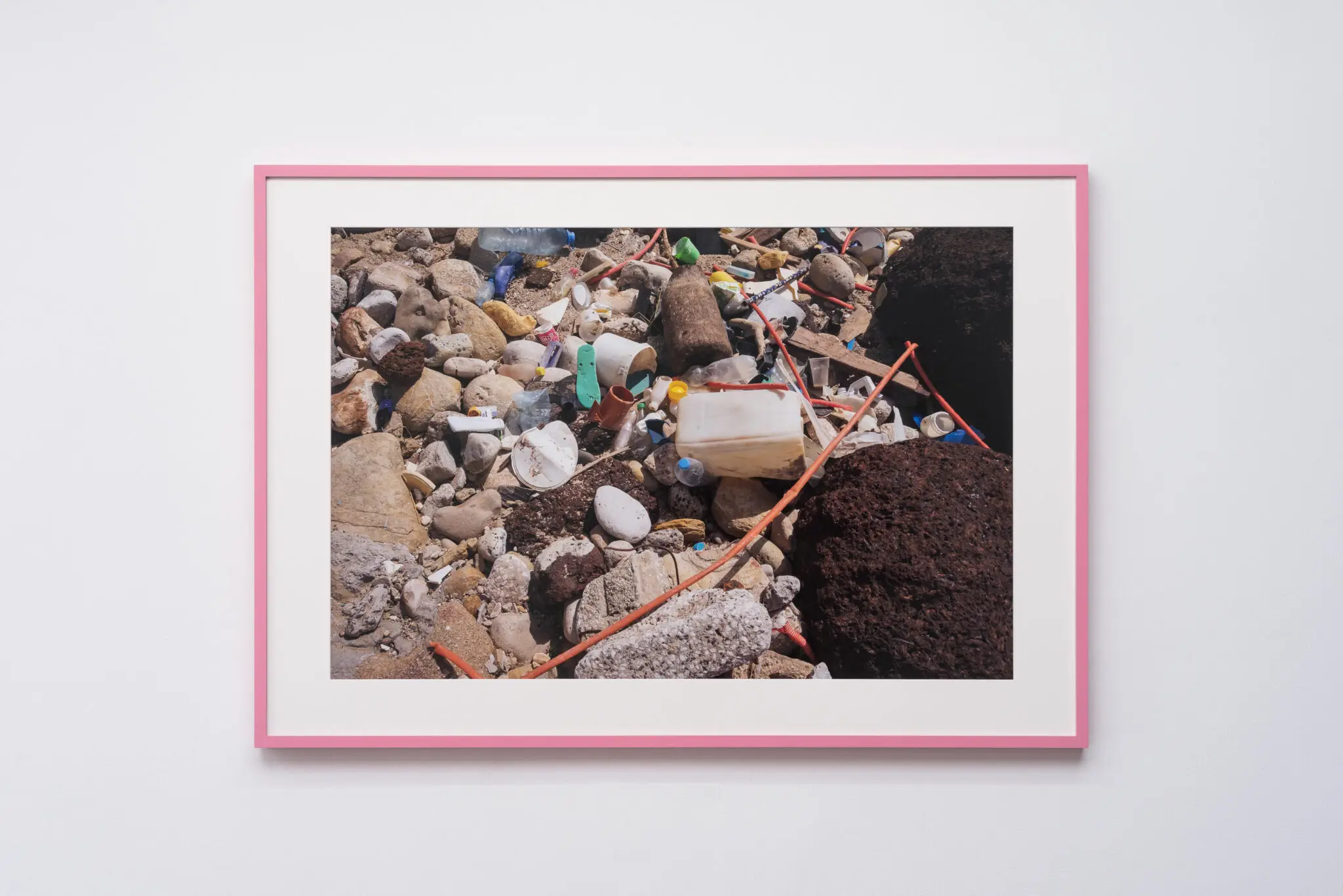
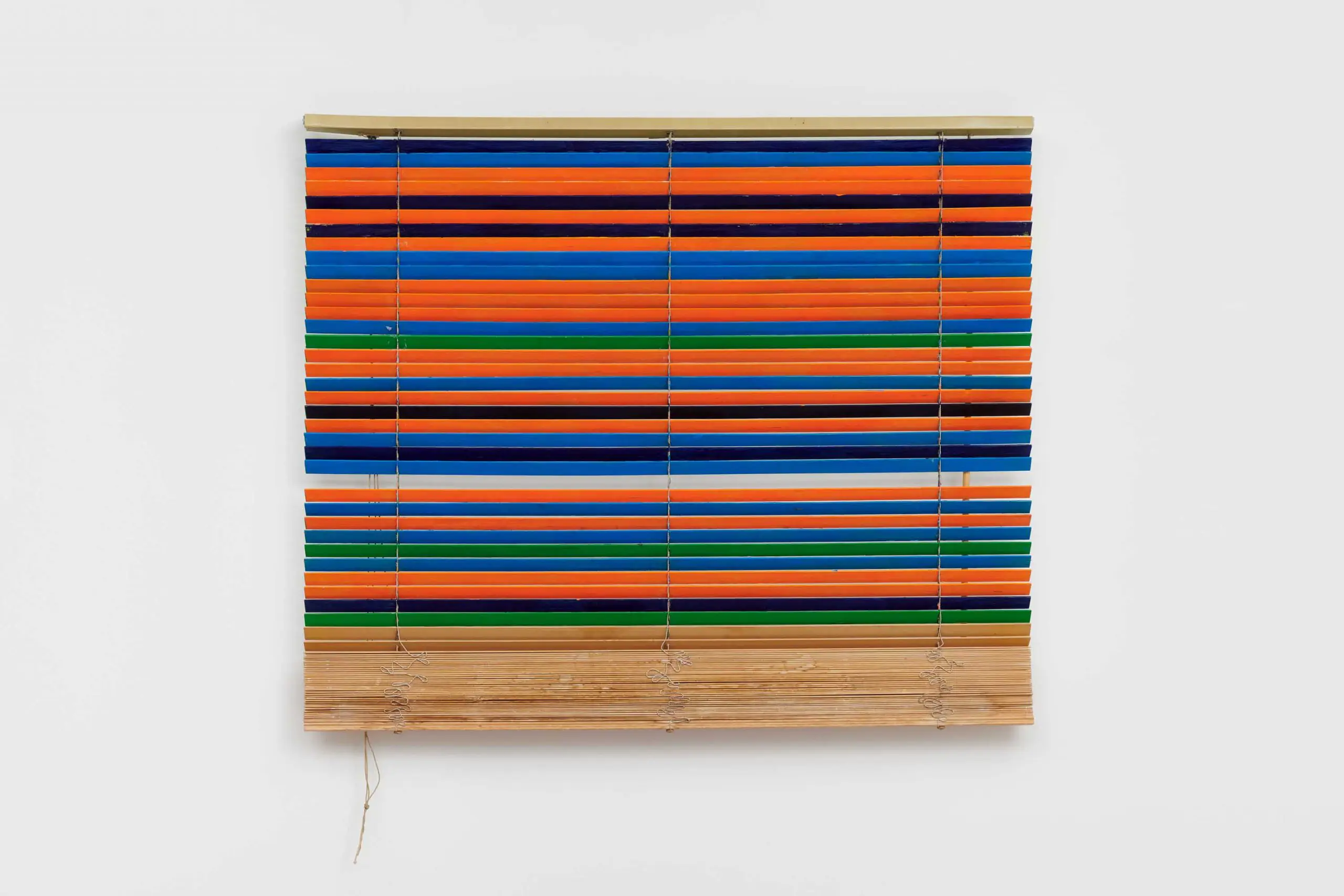
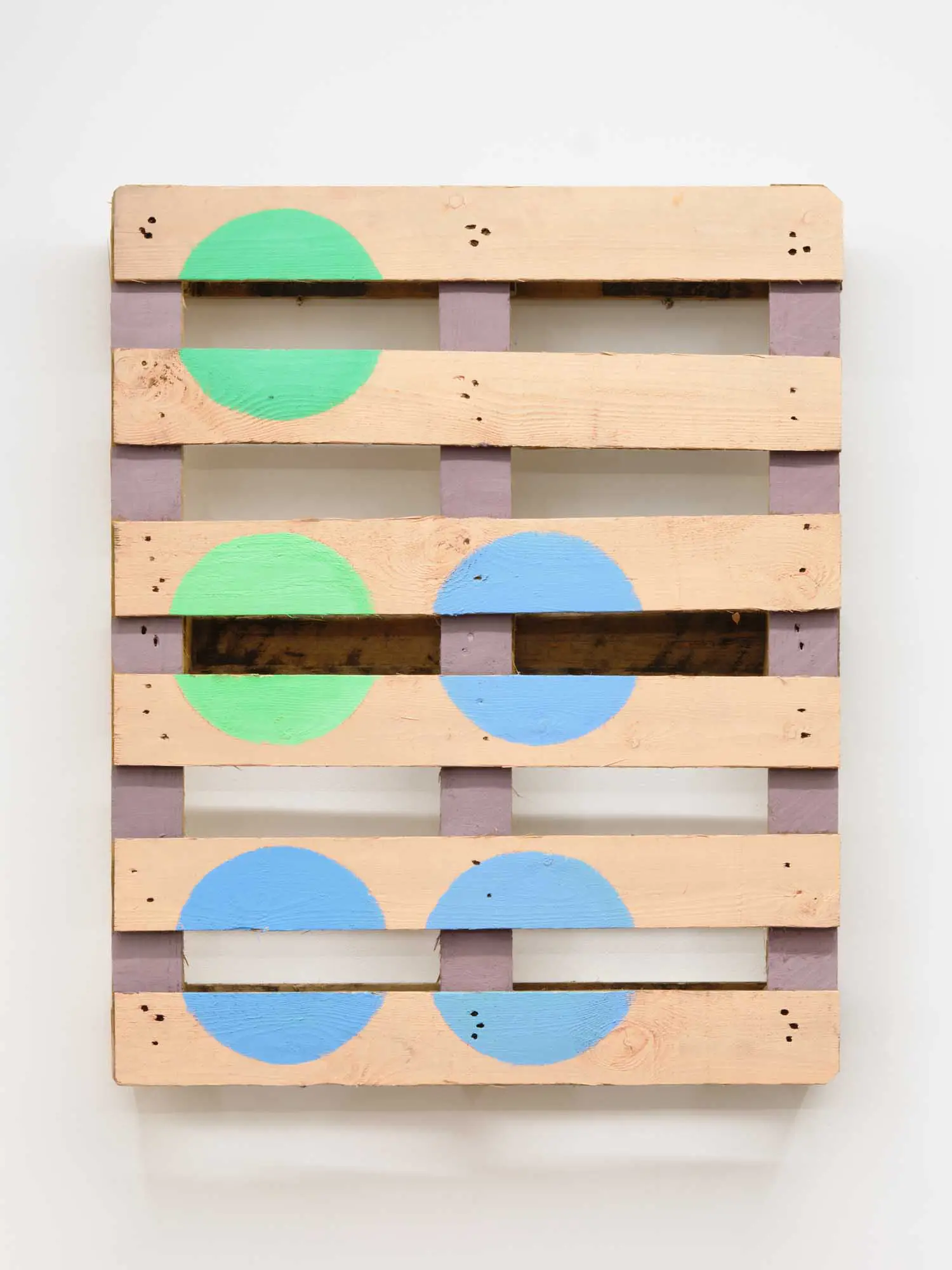
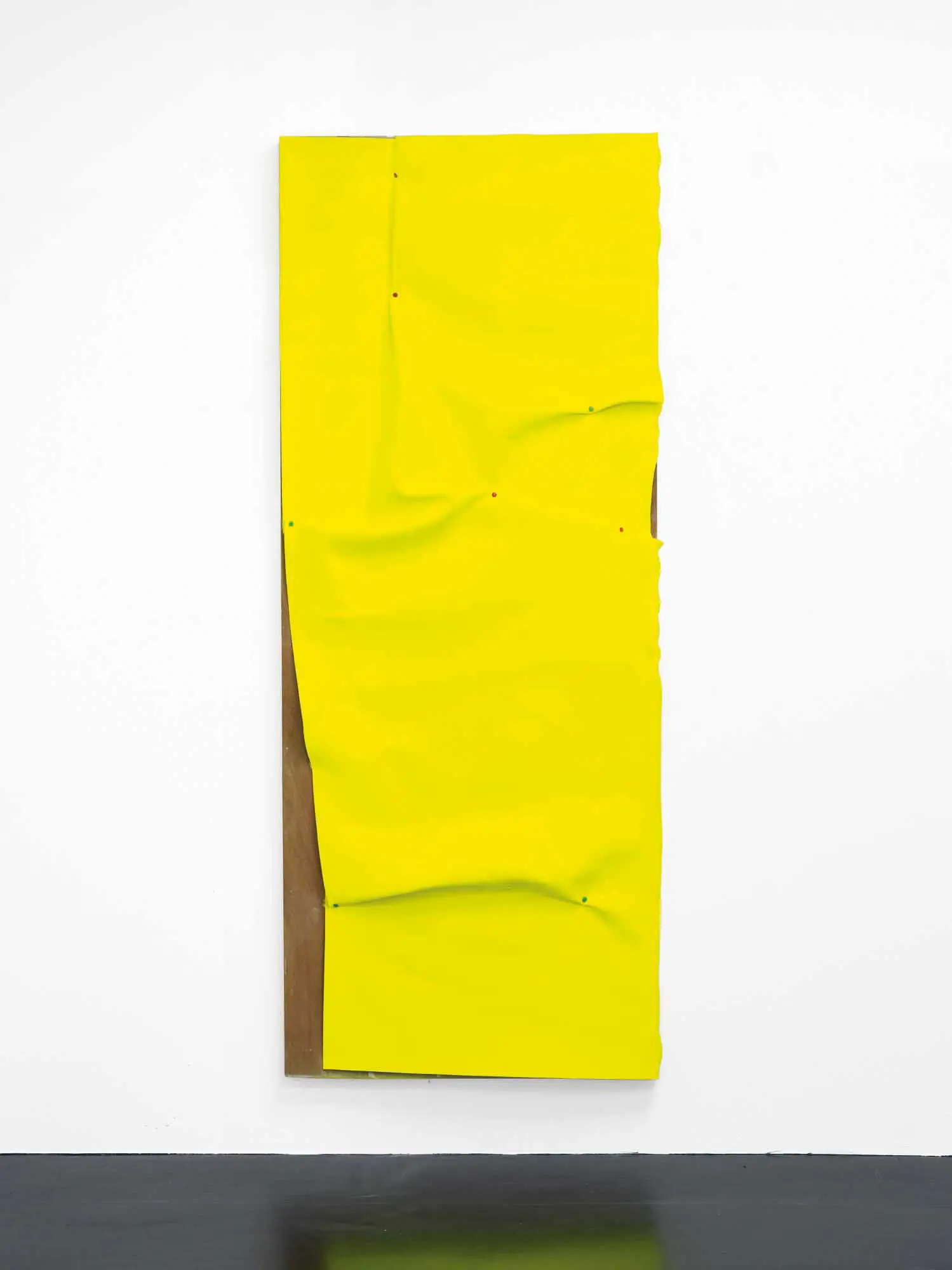
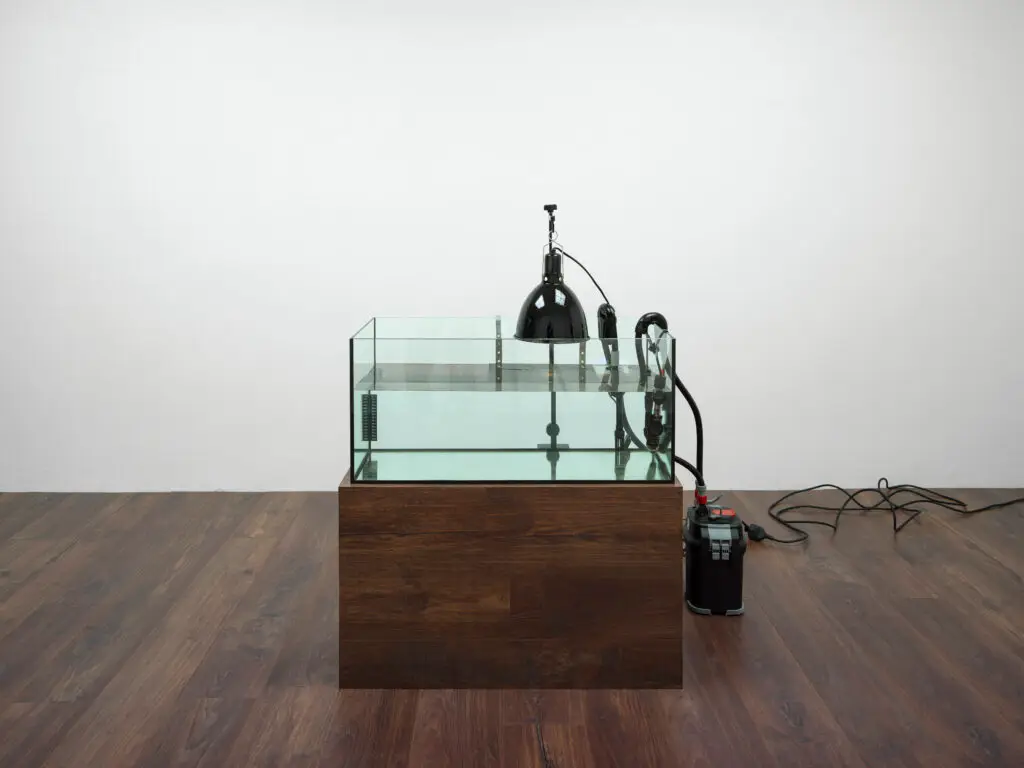
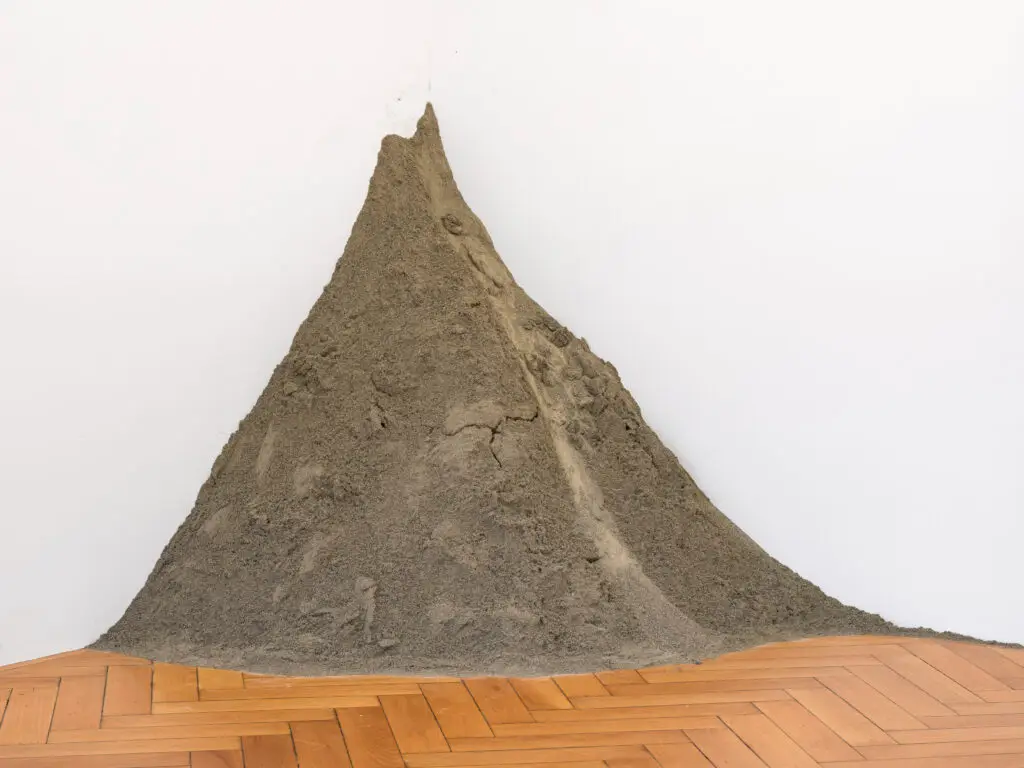
Notes:
- Harper’s, Dabin Ahn: Good Things Take Time consulted January 2, 2025. ↩︎
- Artsy, The Artsy Market Recap consulted January 2, 2025. ↩︎
- Sprüth Magers, Oliver Bak consulted January 2, 2025. ↩︎
- Prats Nogueras Blanchard, Juliana Cerqueira Leite consulted January 2, 2025. Casa Triangulo, Juliana Cerqueira Leite consulted January 2, 2025. ↩︎
- Sébastien Bertrand, Sang Woo Kim consulted January 2, 2024. ↩︎
- Arcadia Missa, Coumba Samba consulted January 2, 2024. ↩︎
Last Updated on February 12, 2025
About the author:
- Tags: HOME


